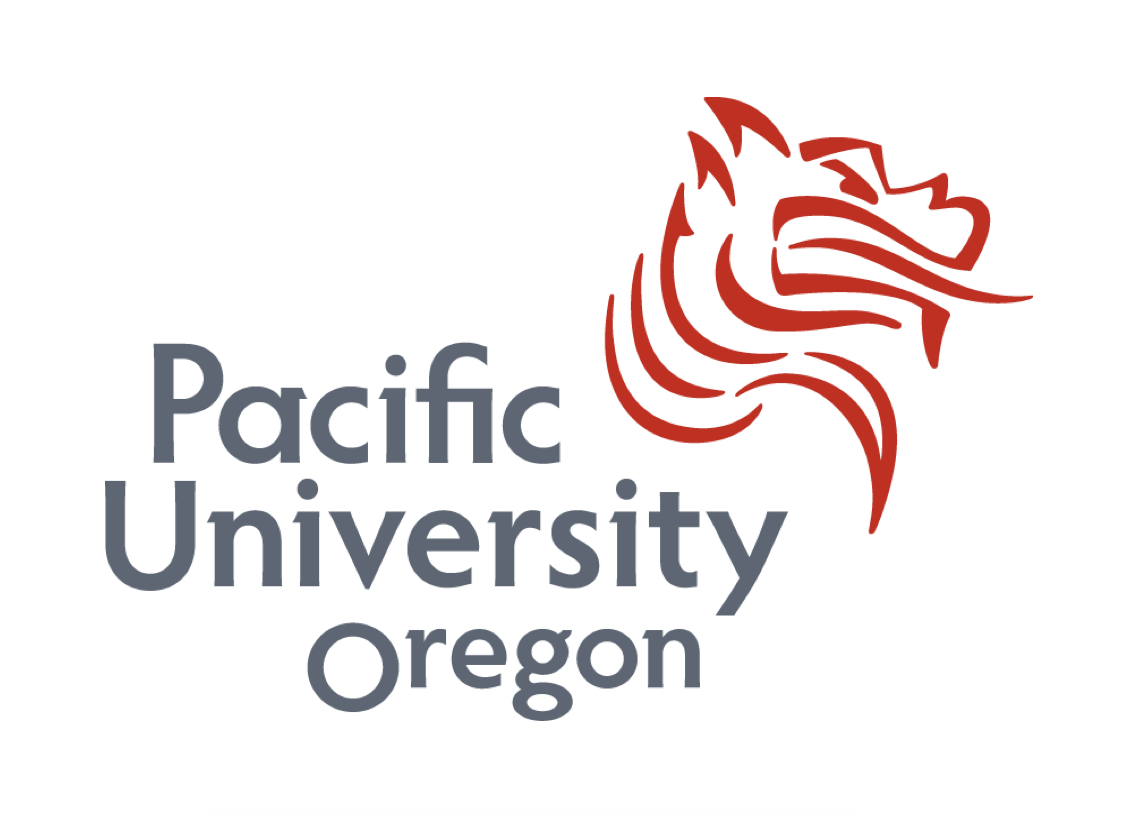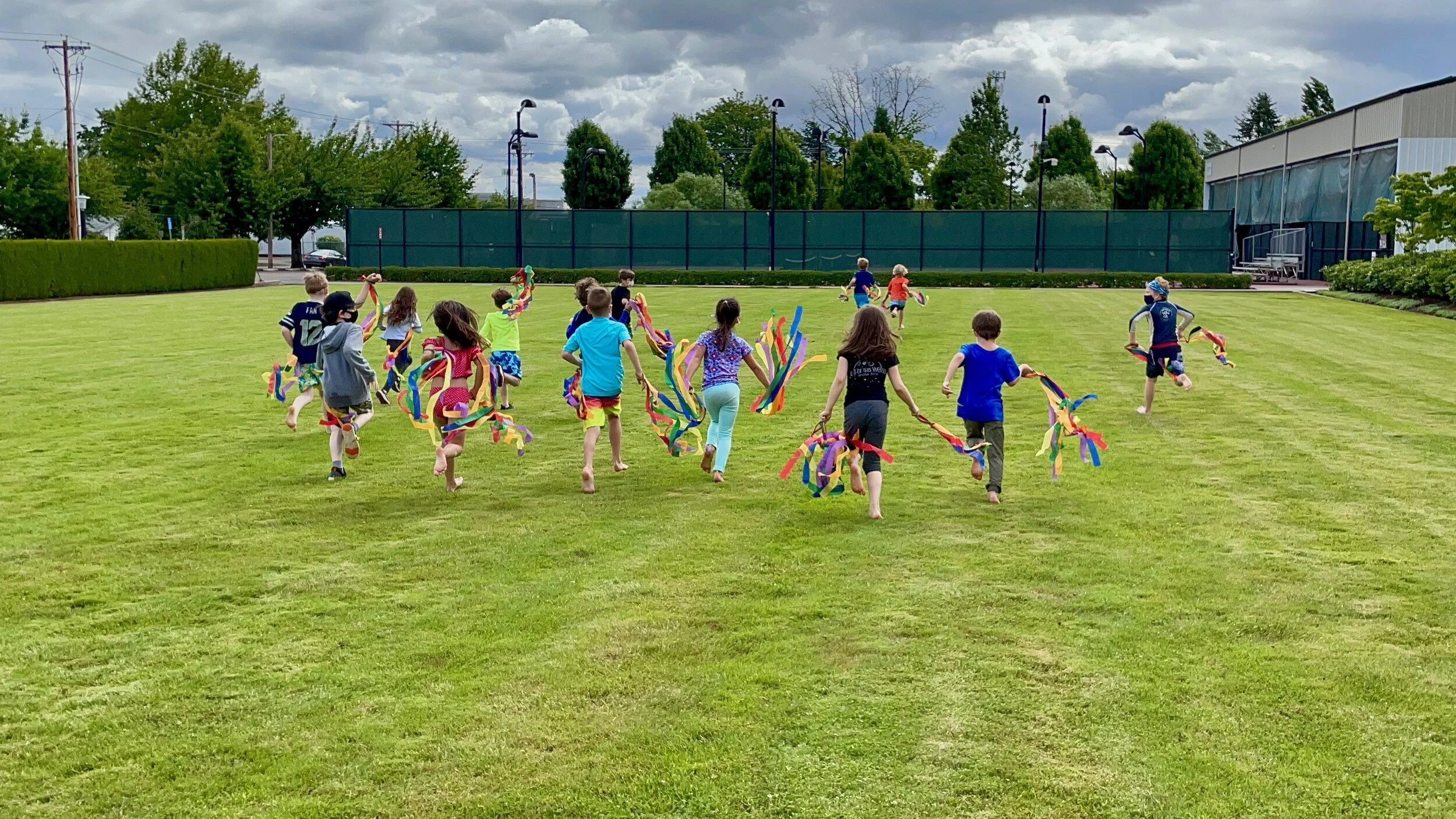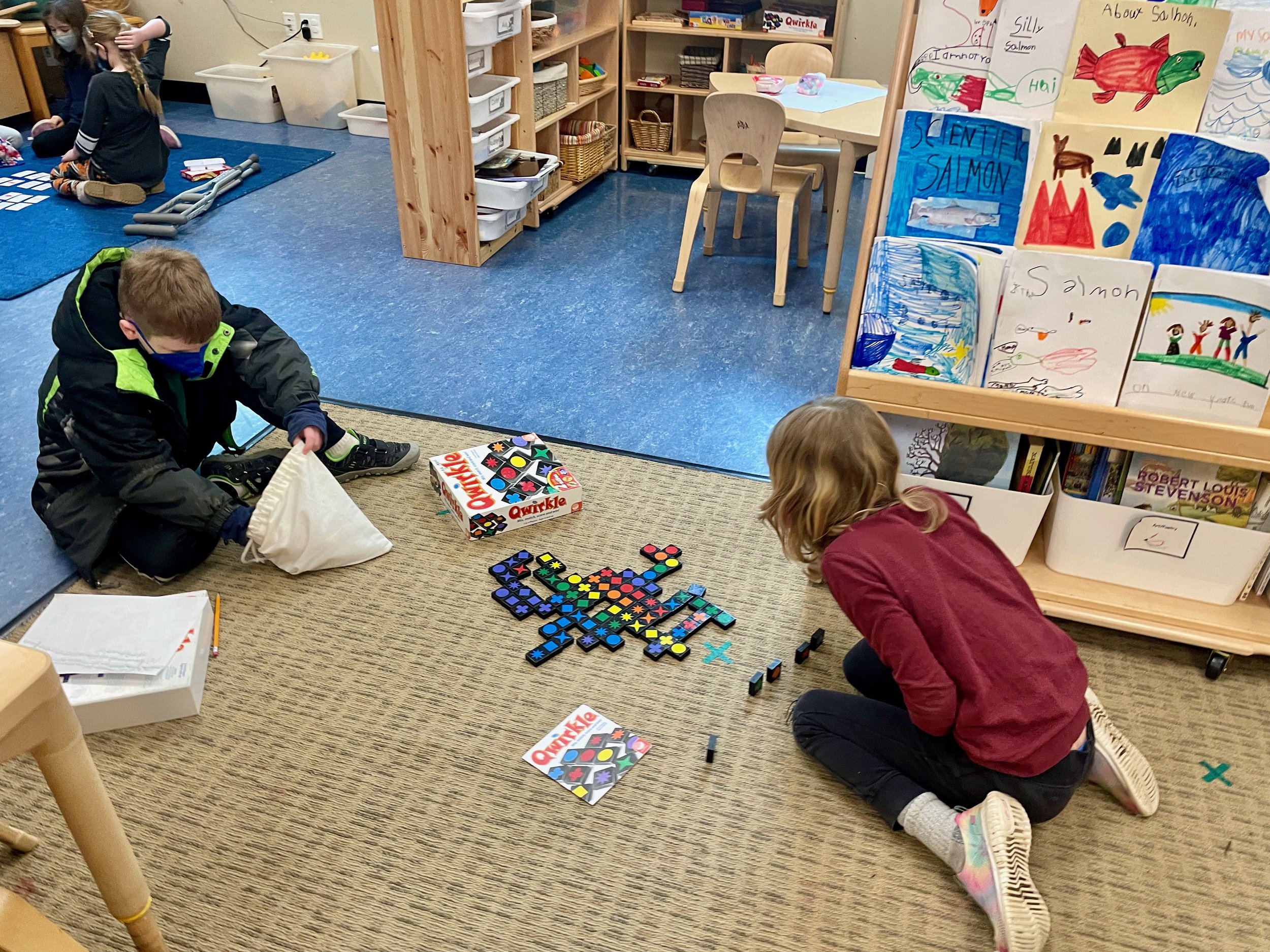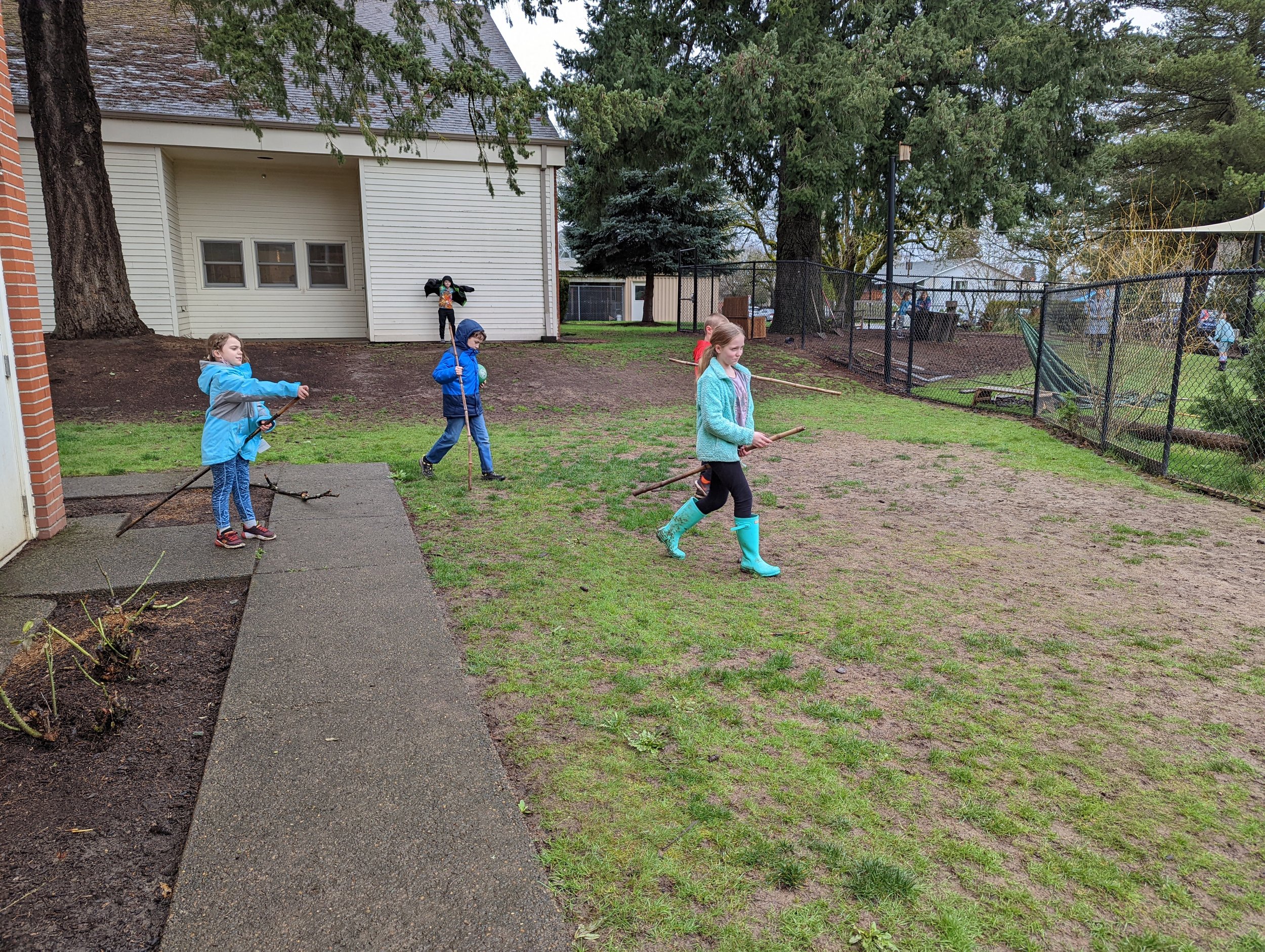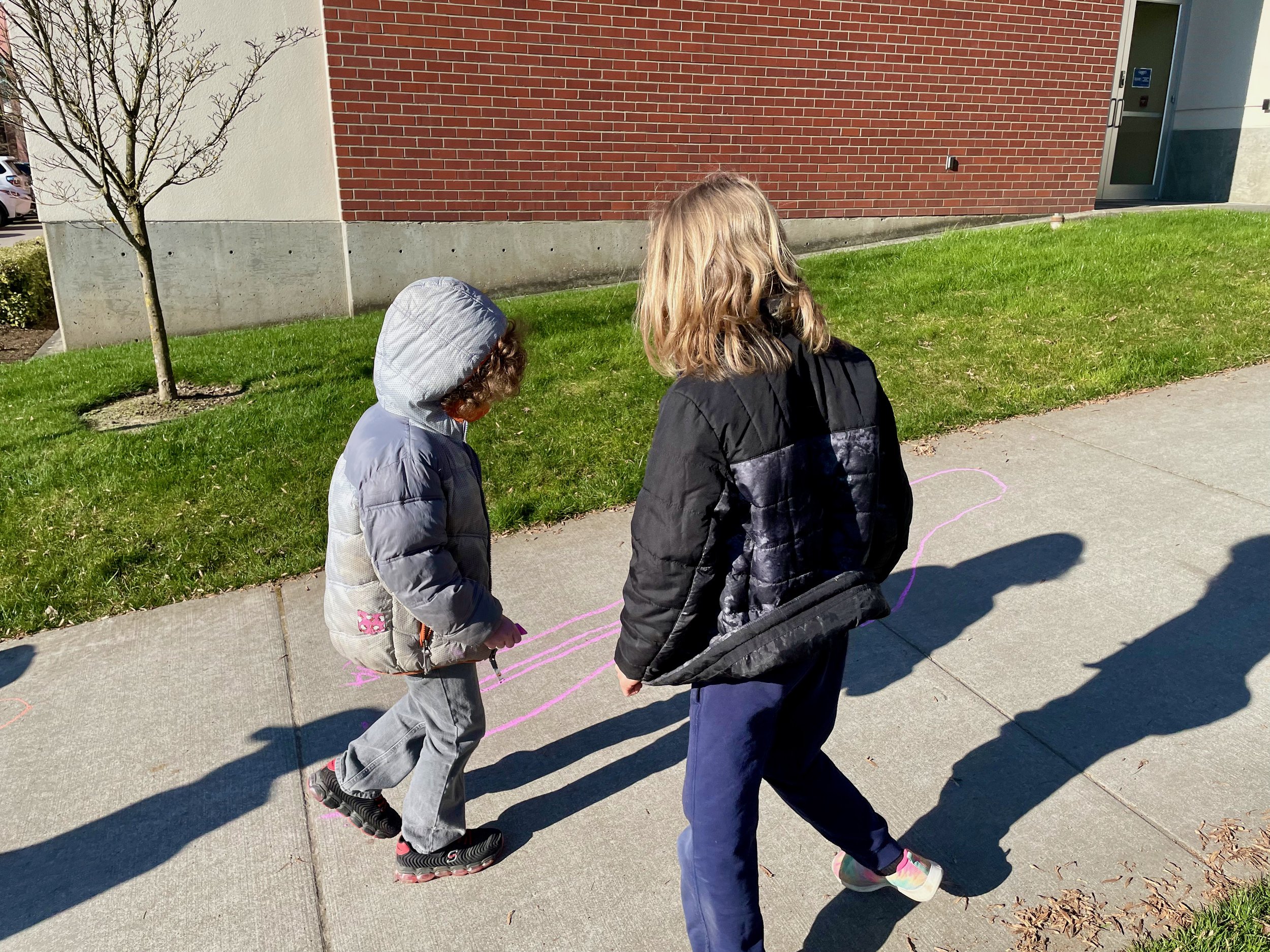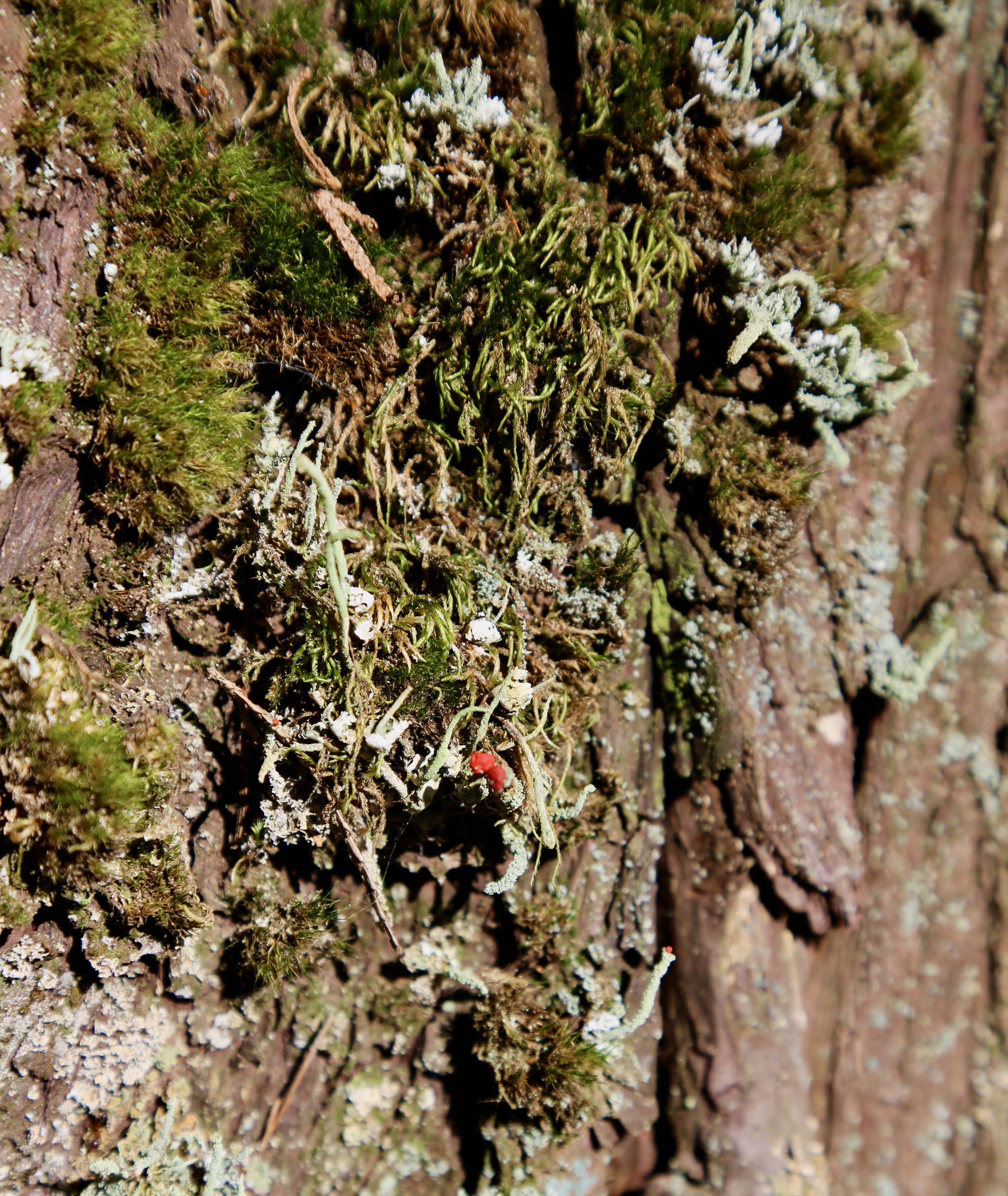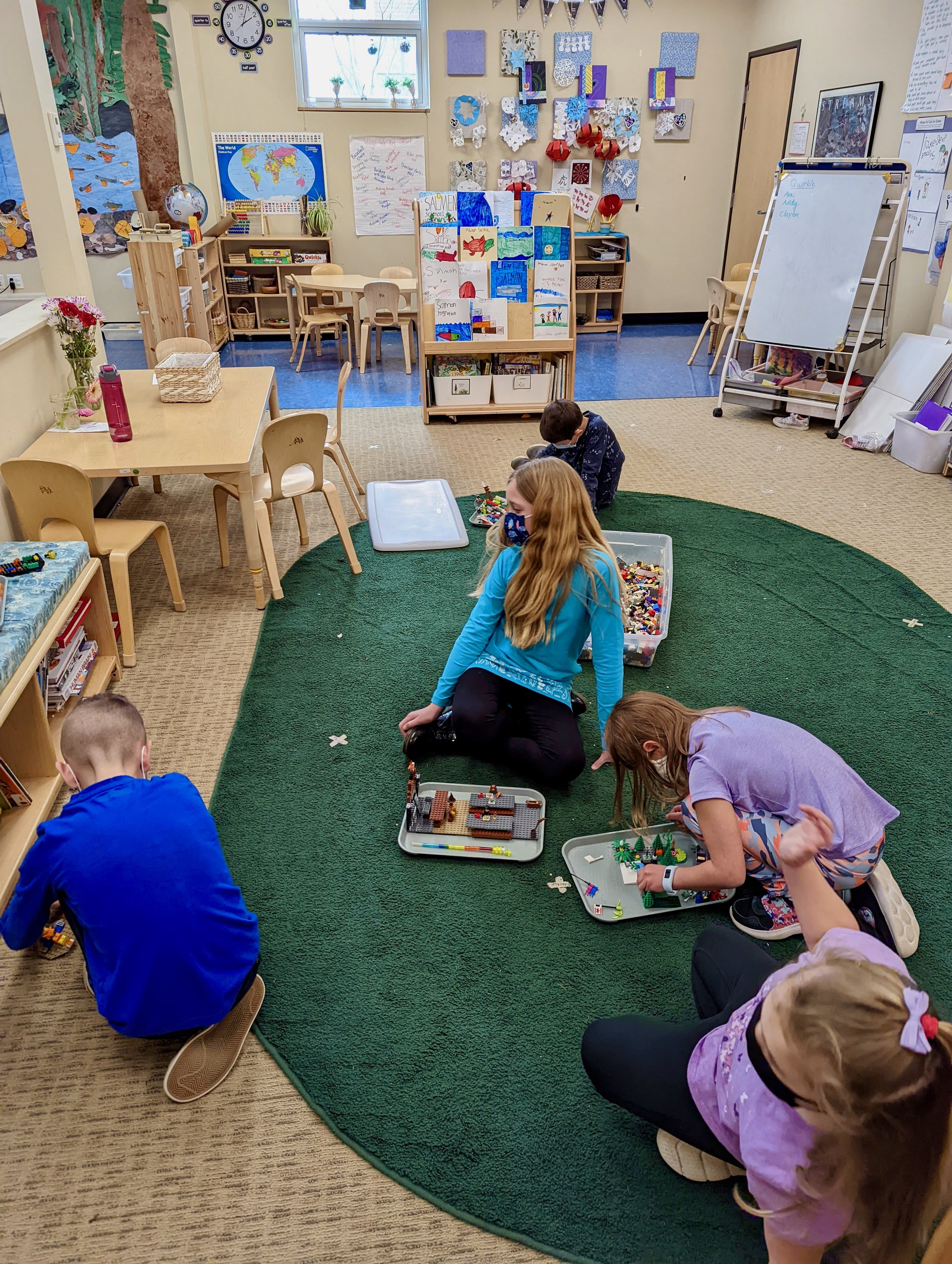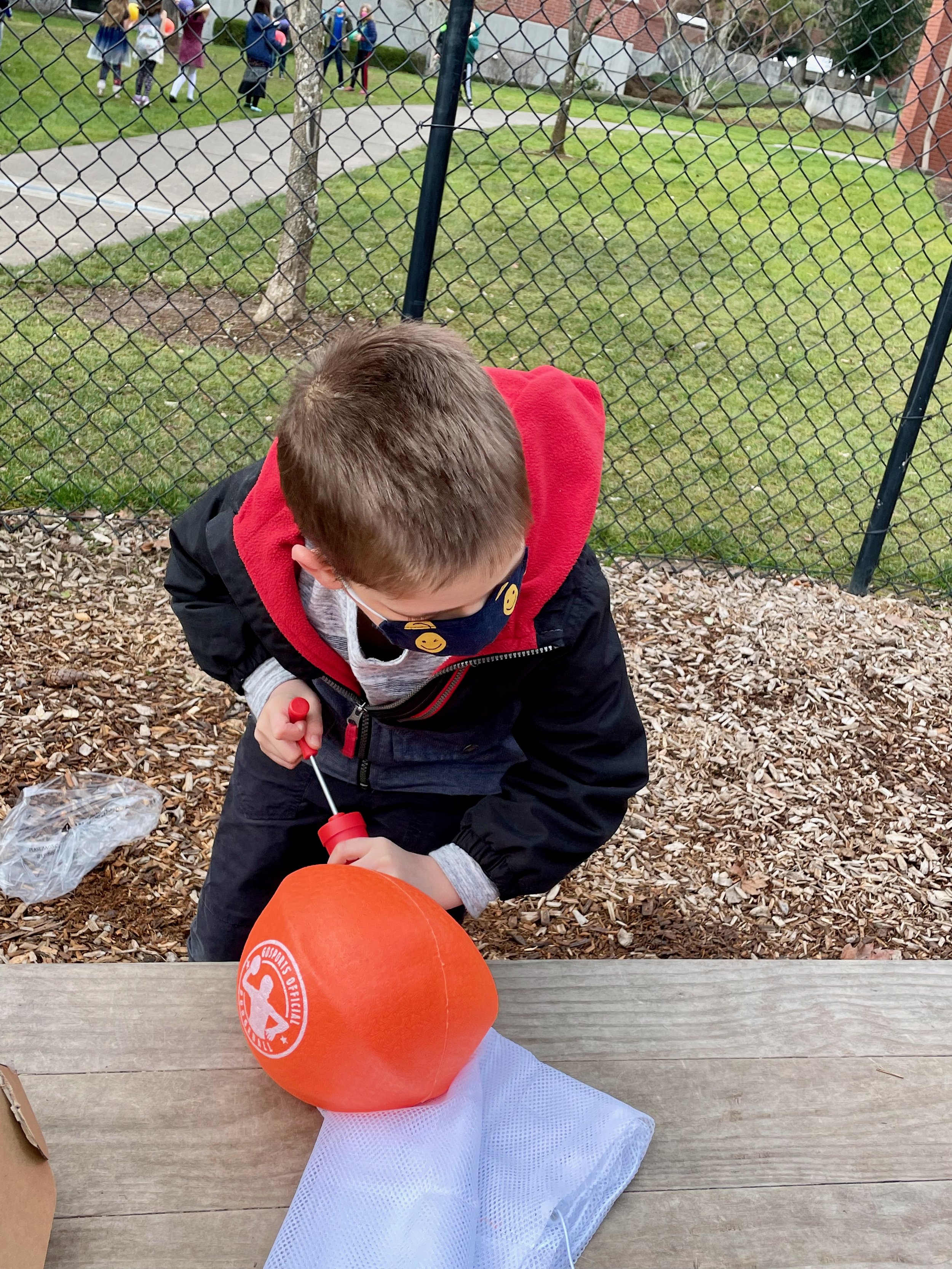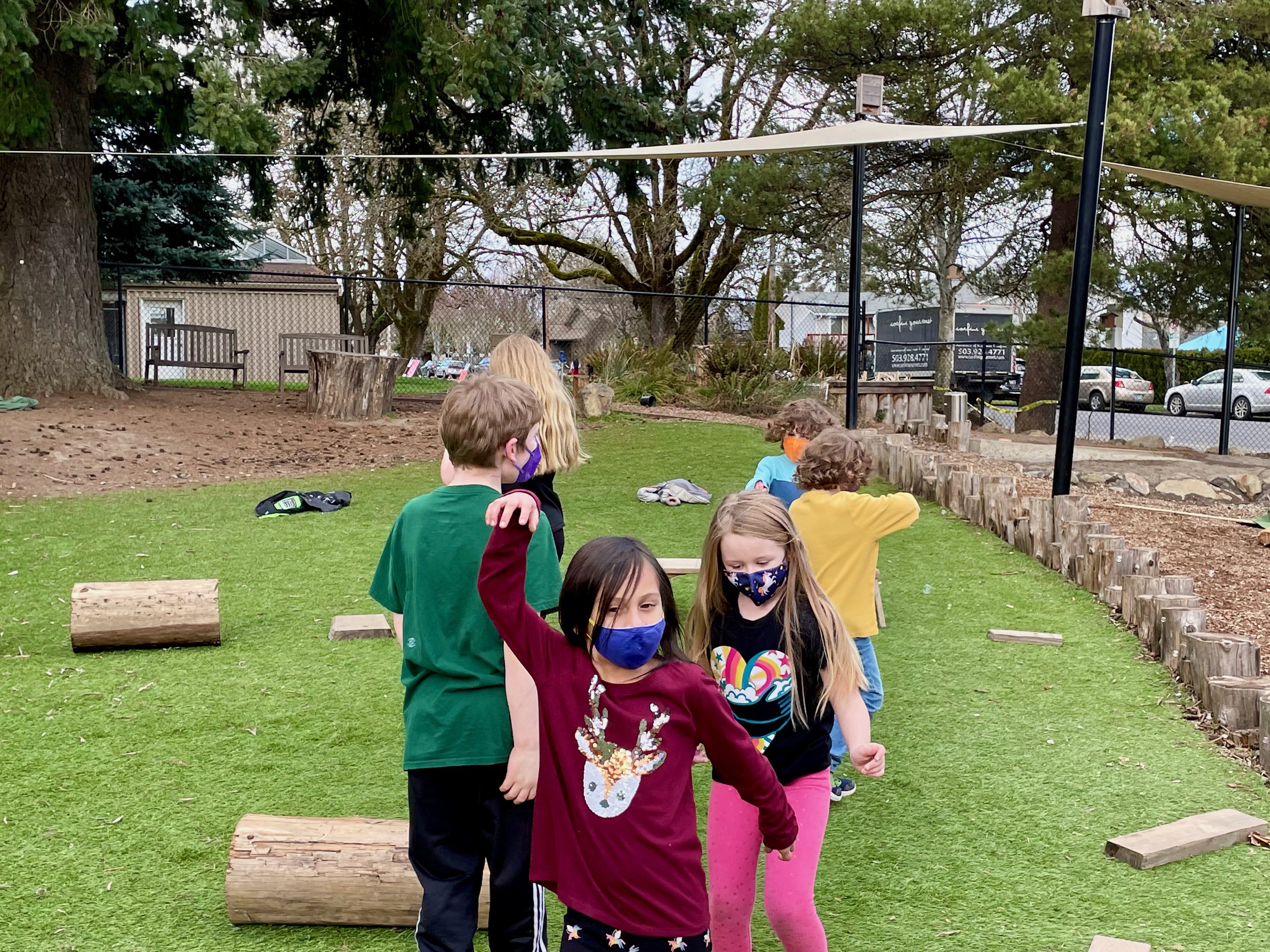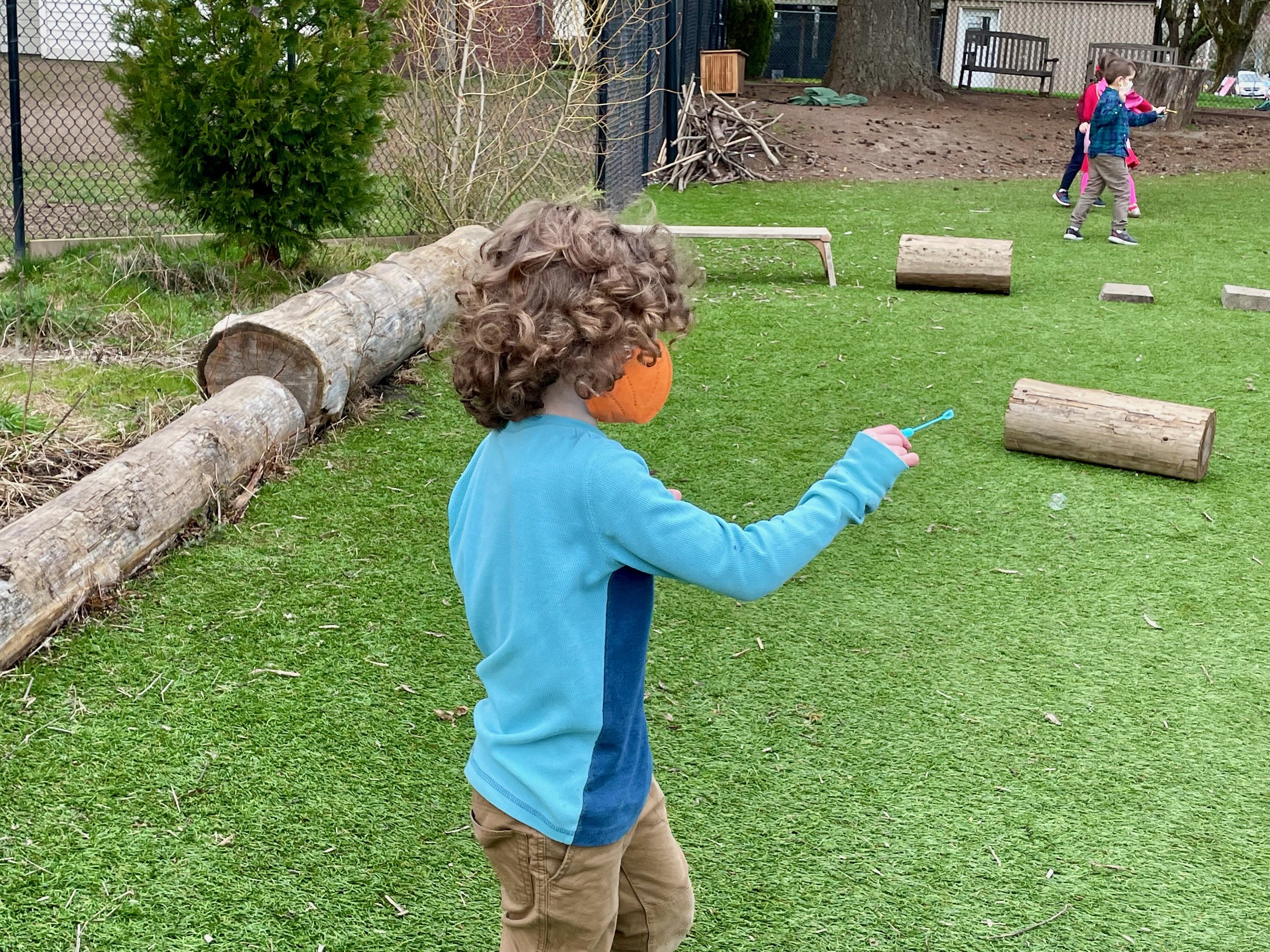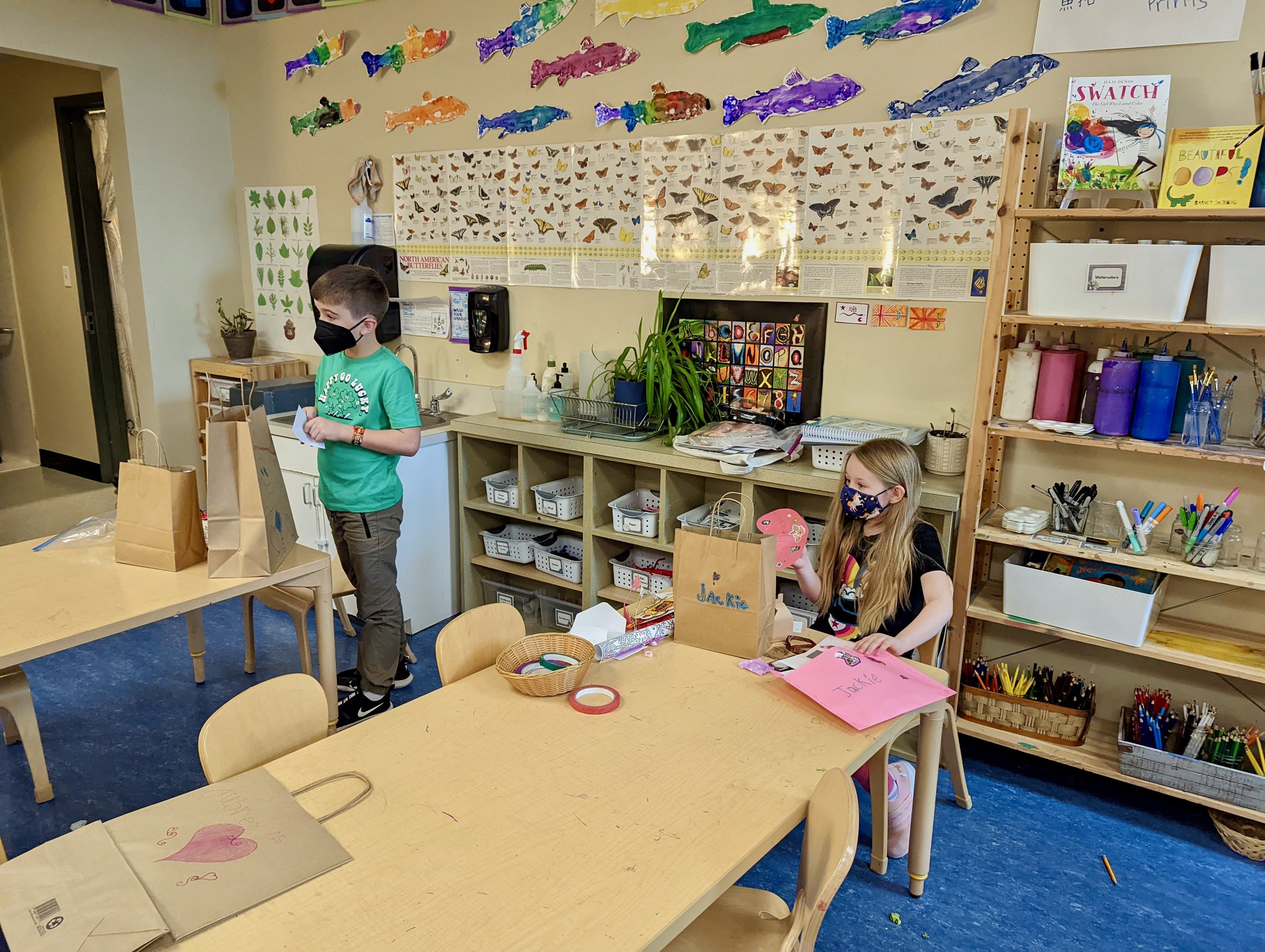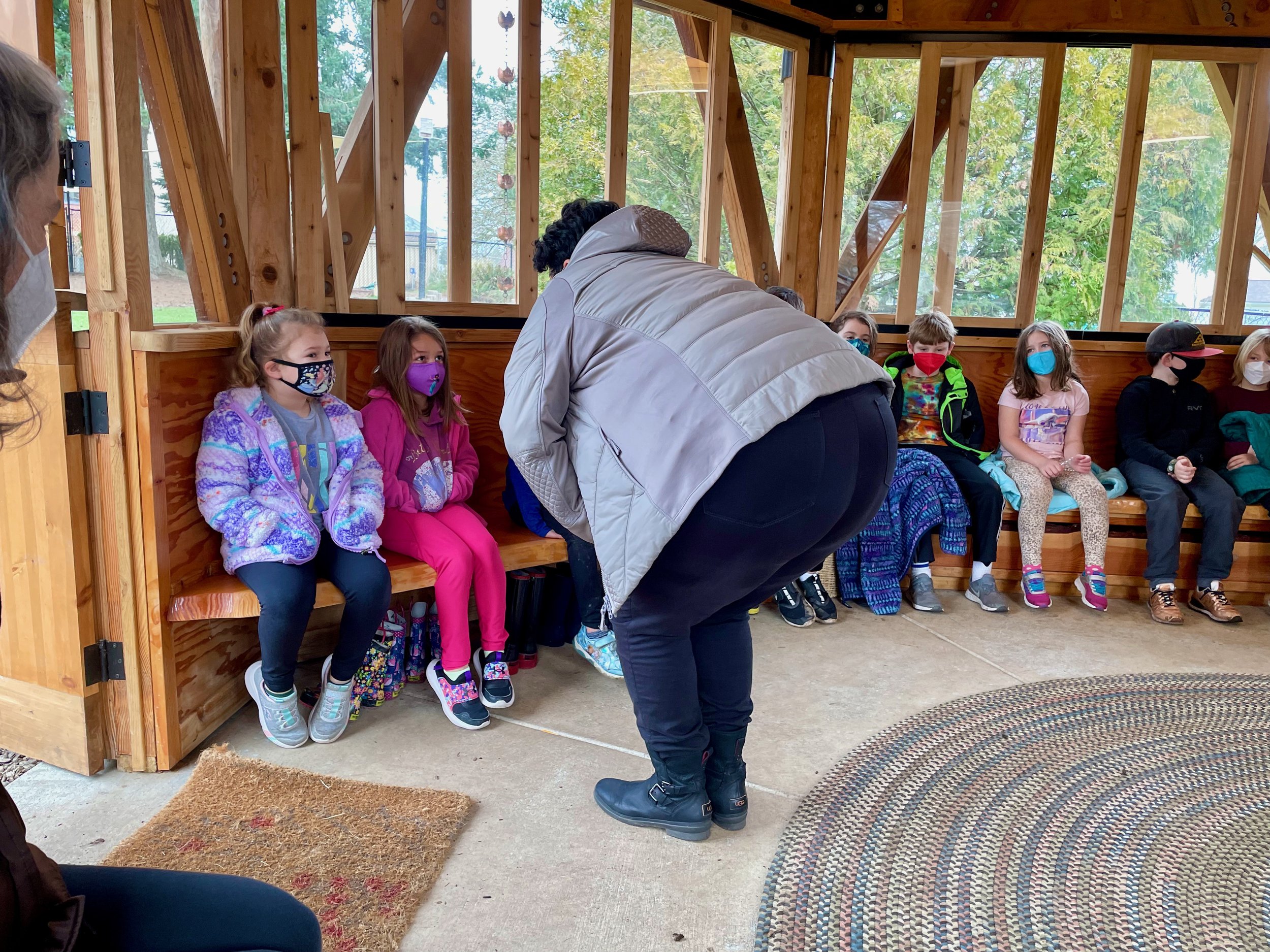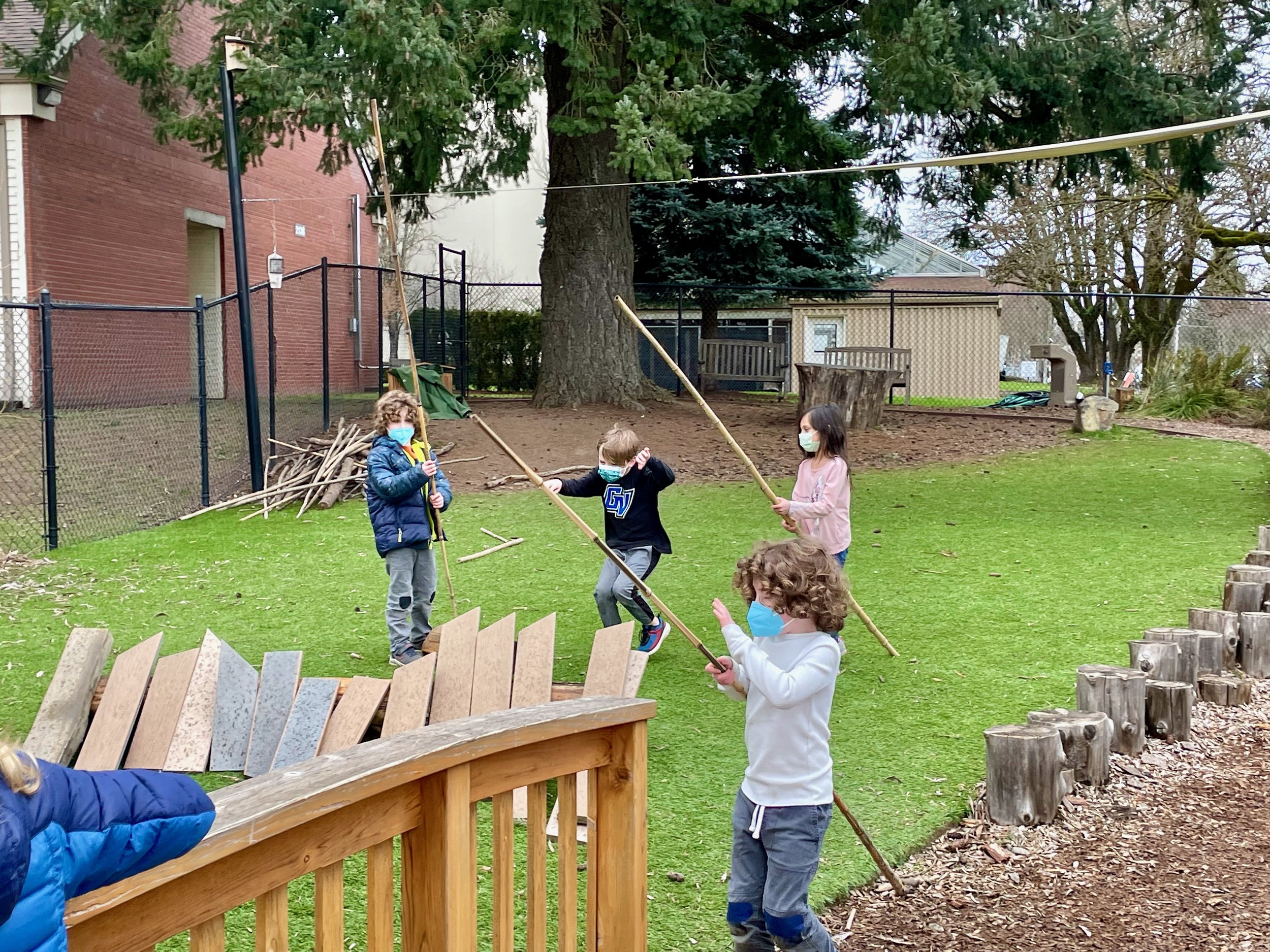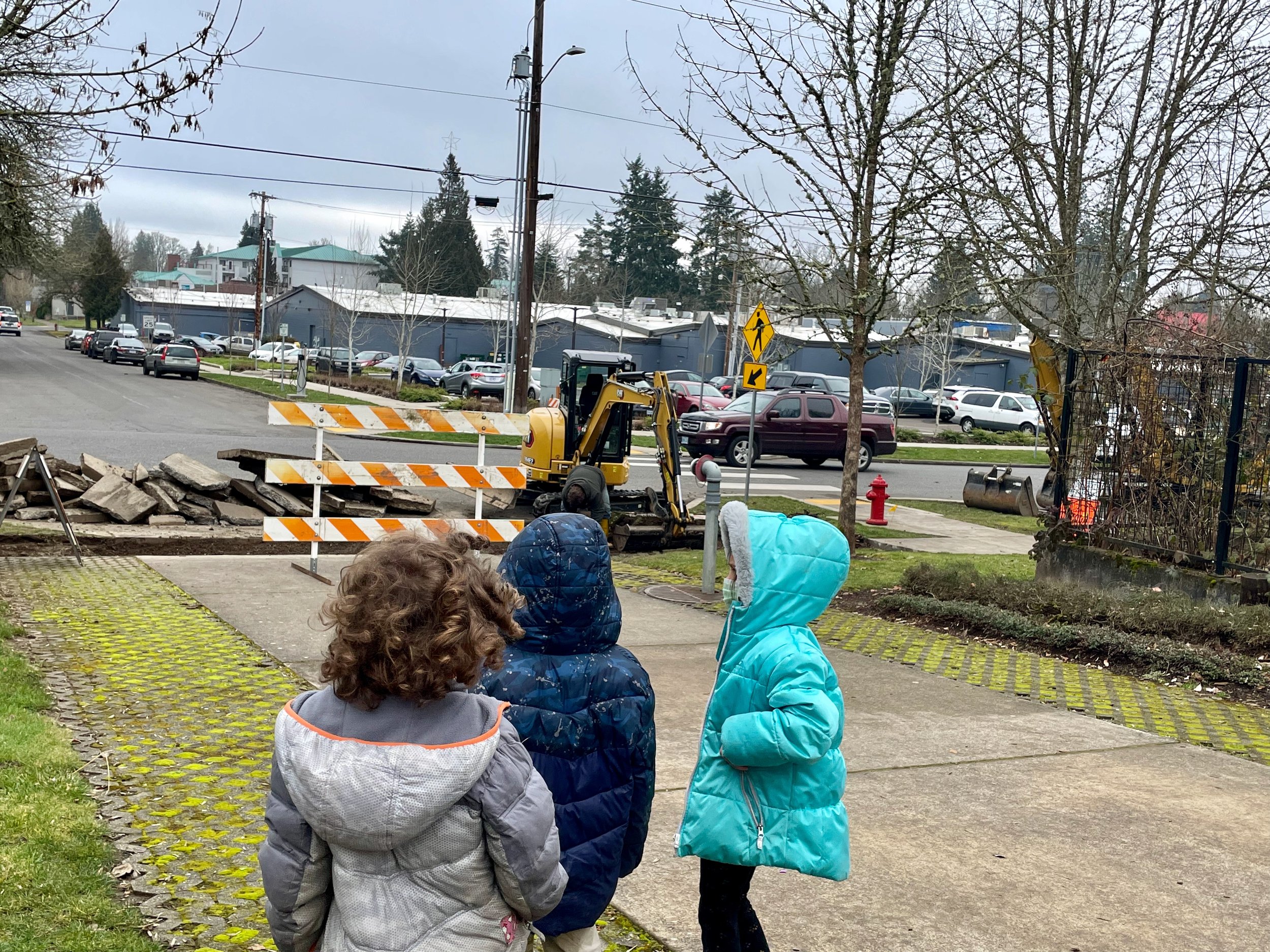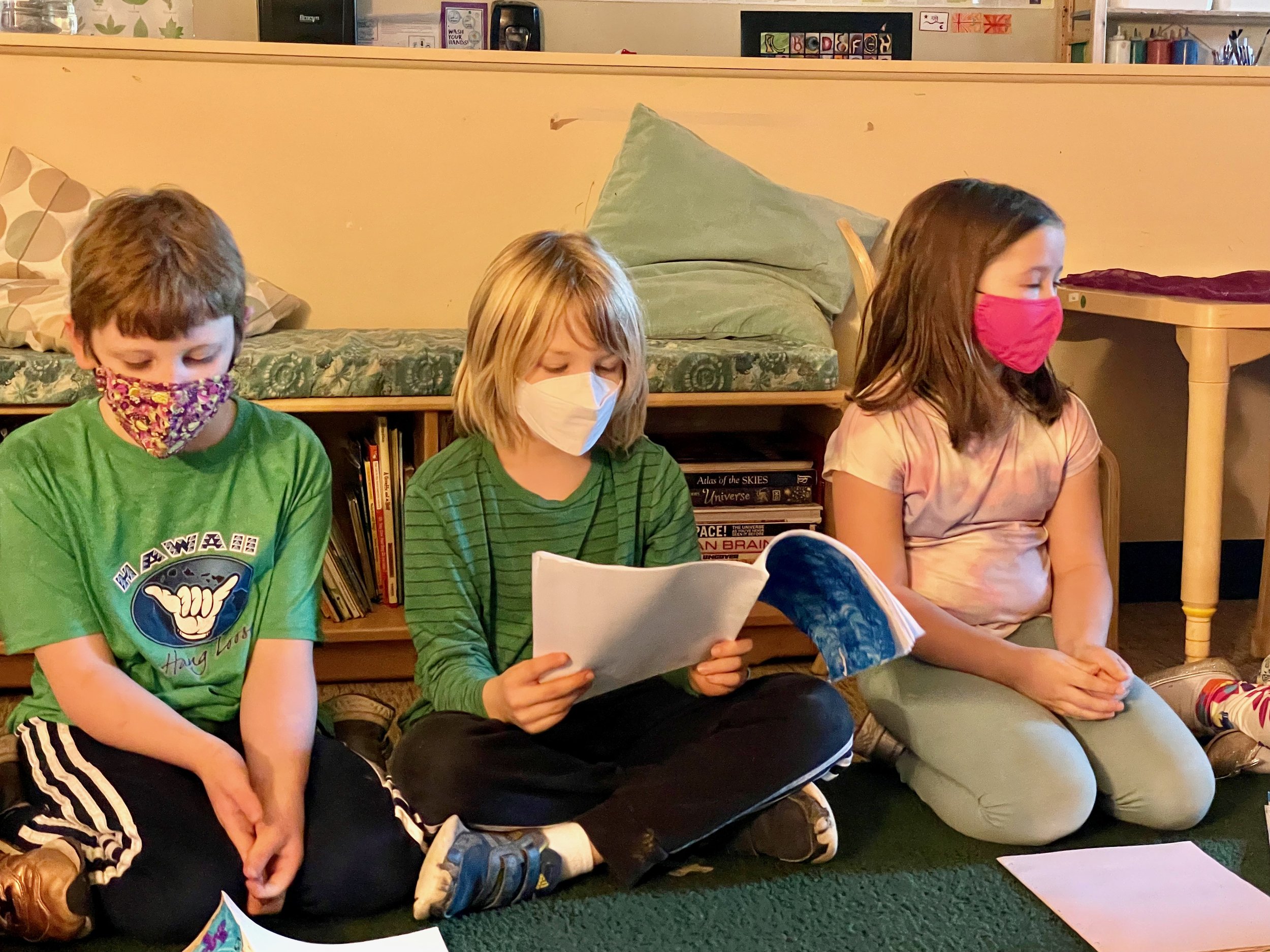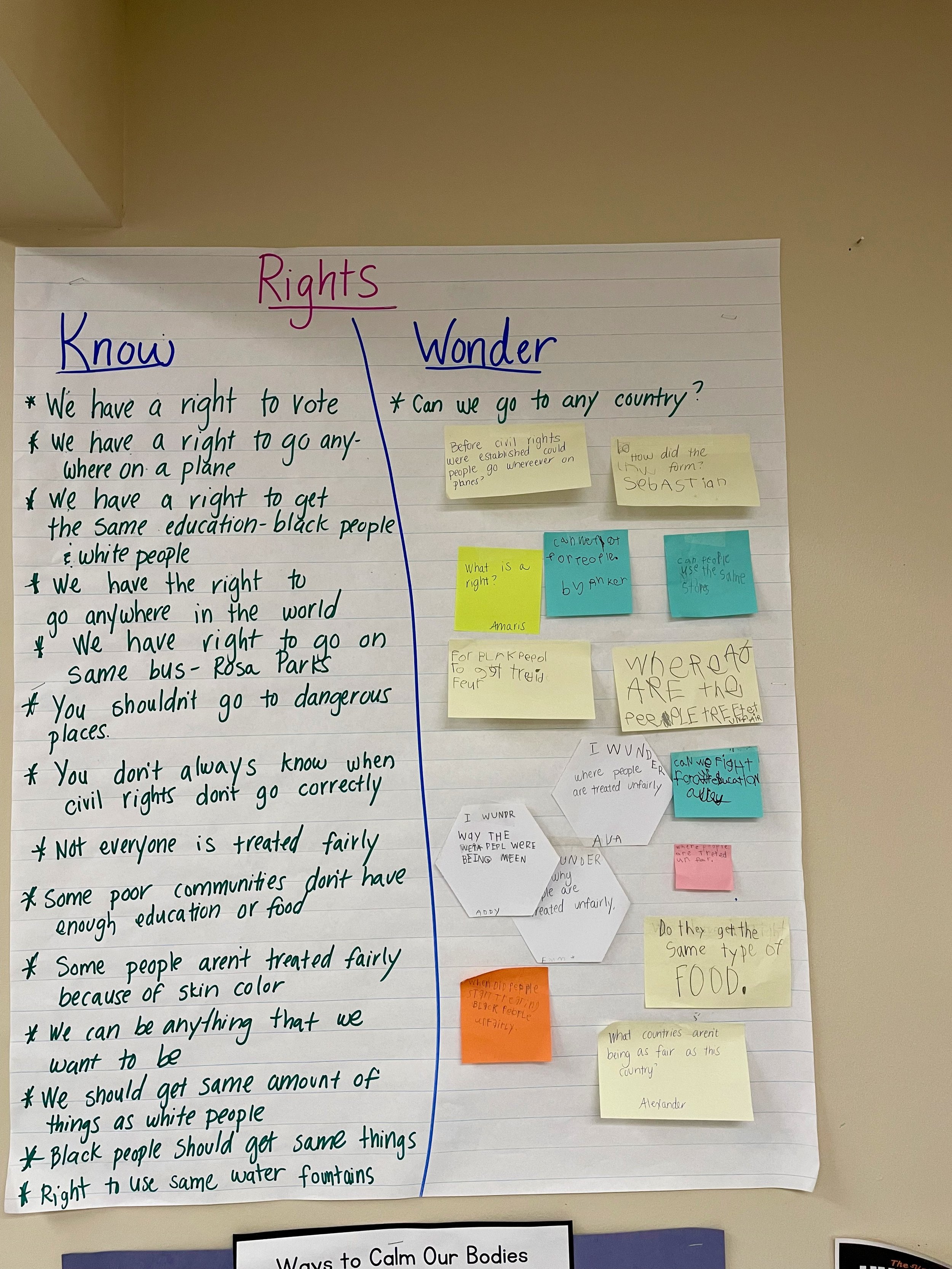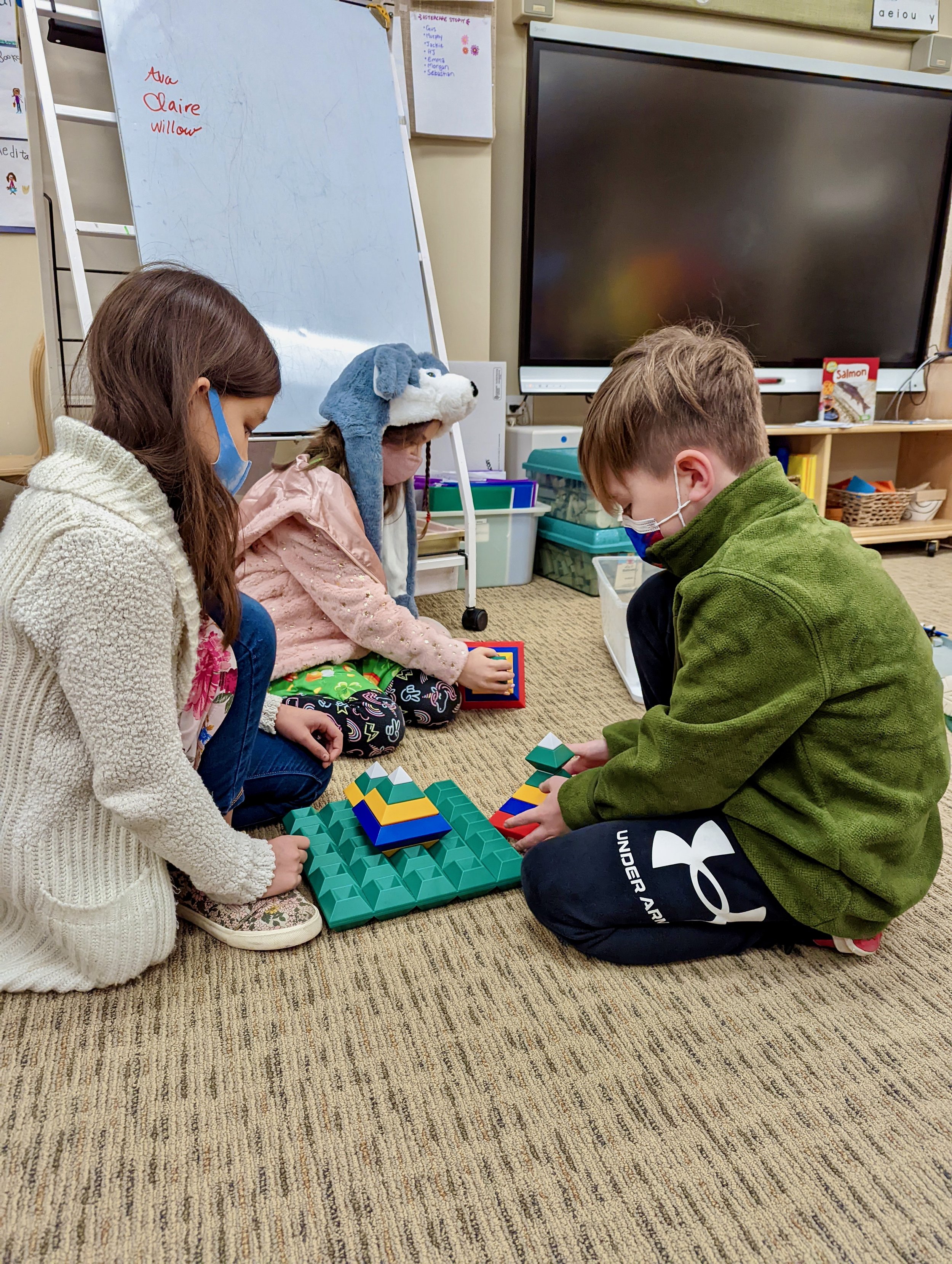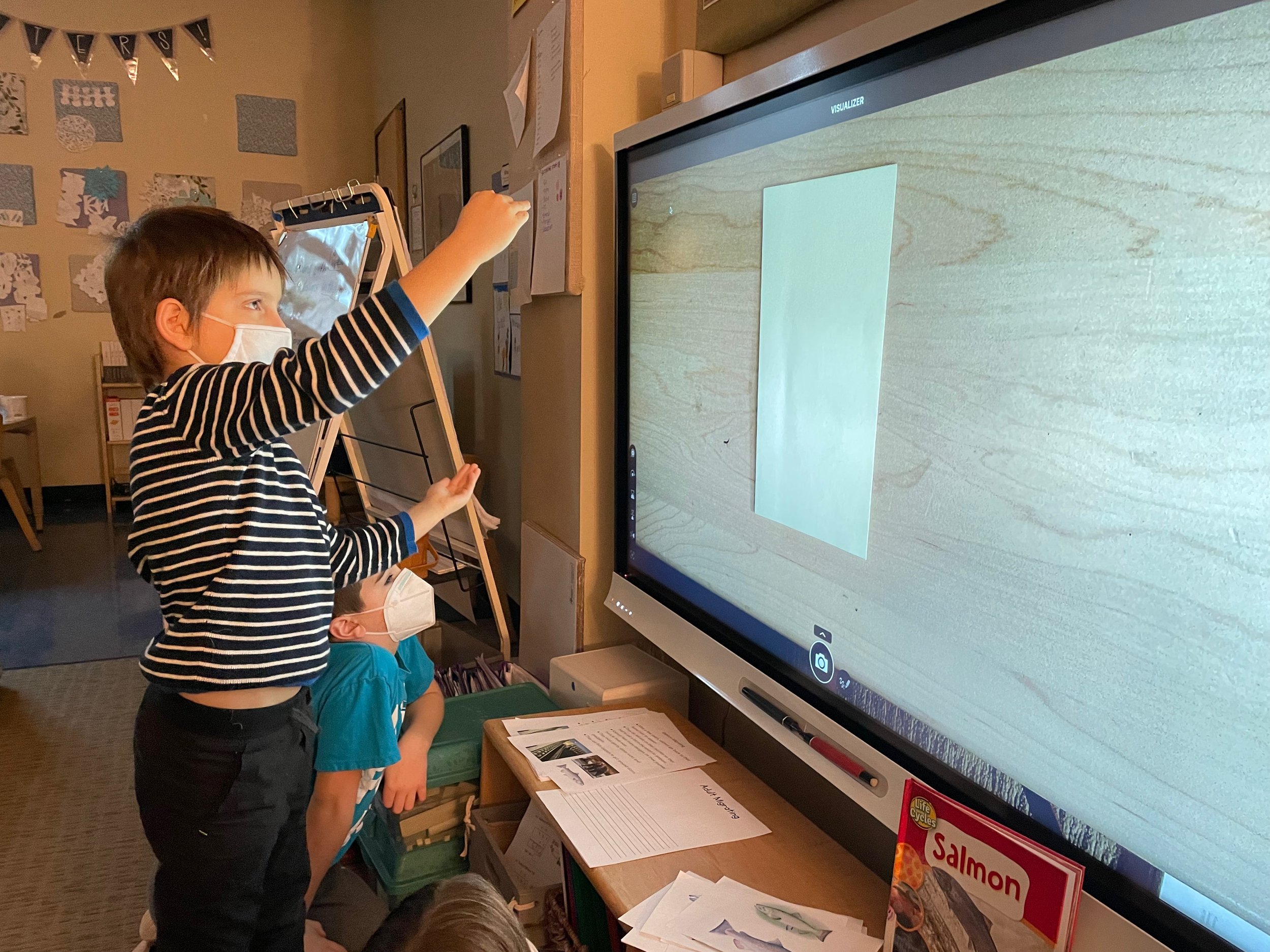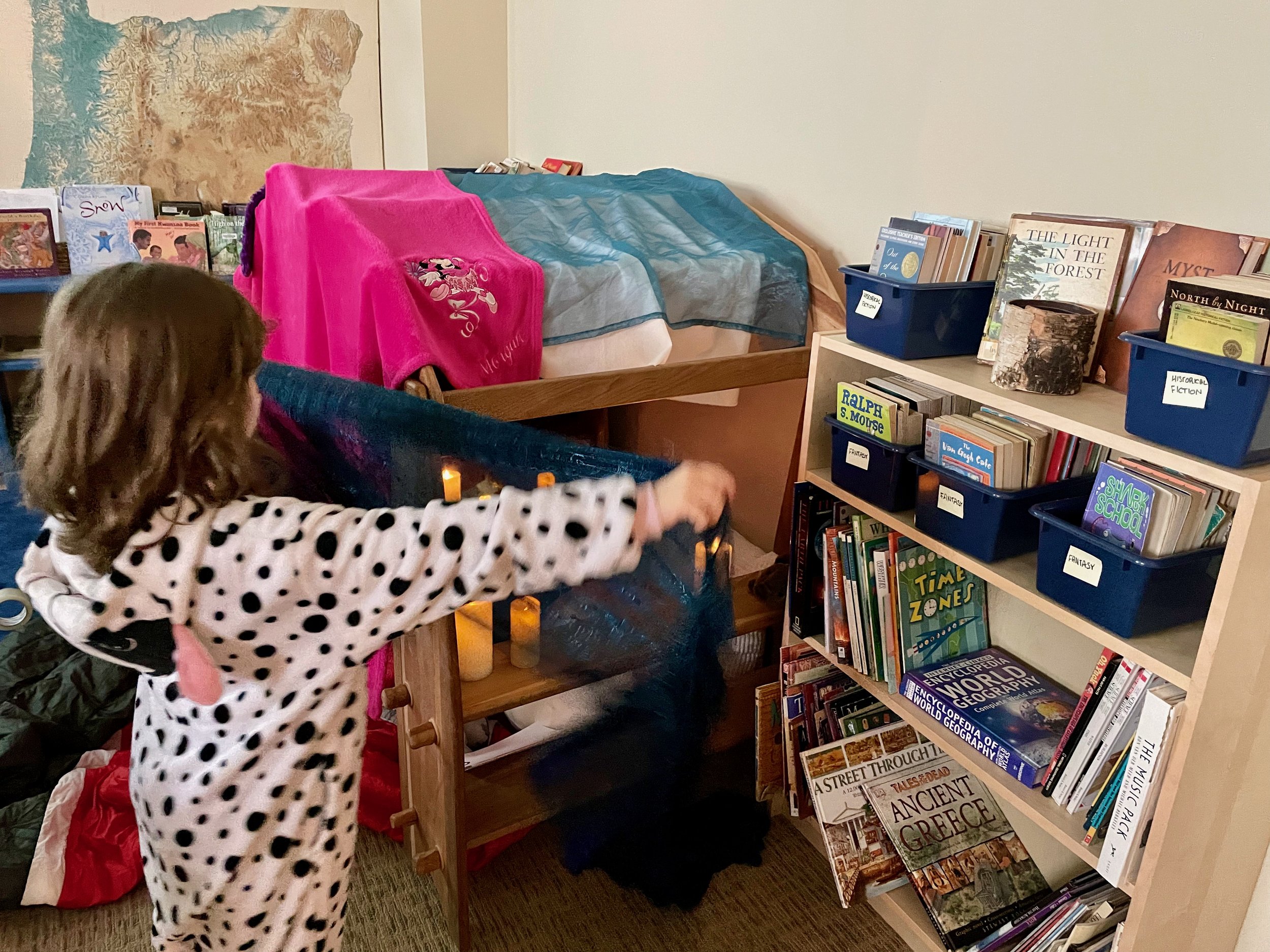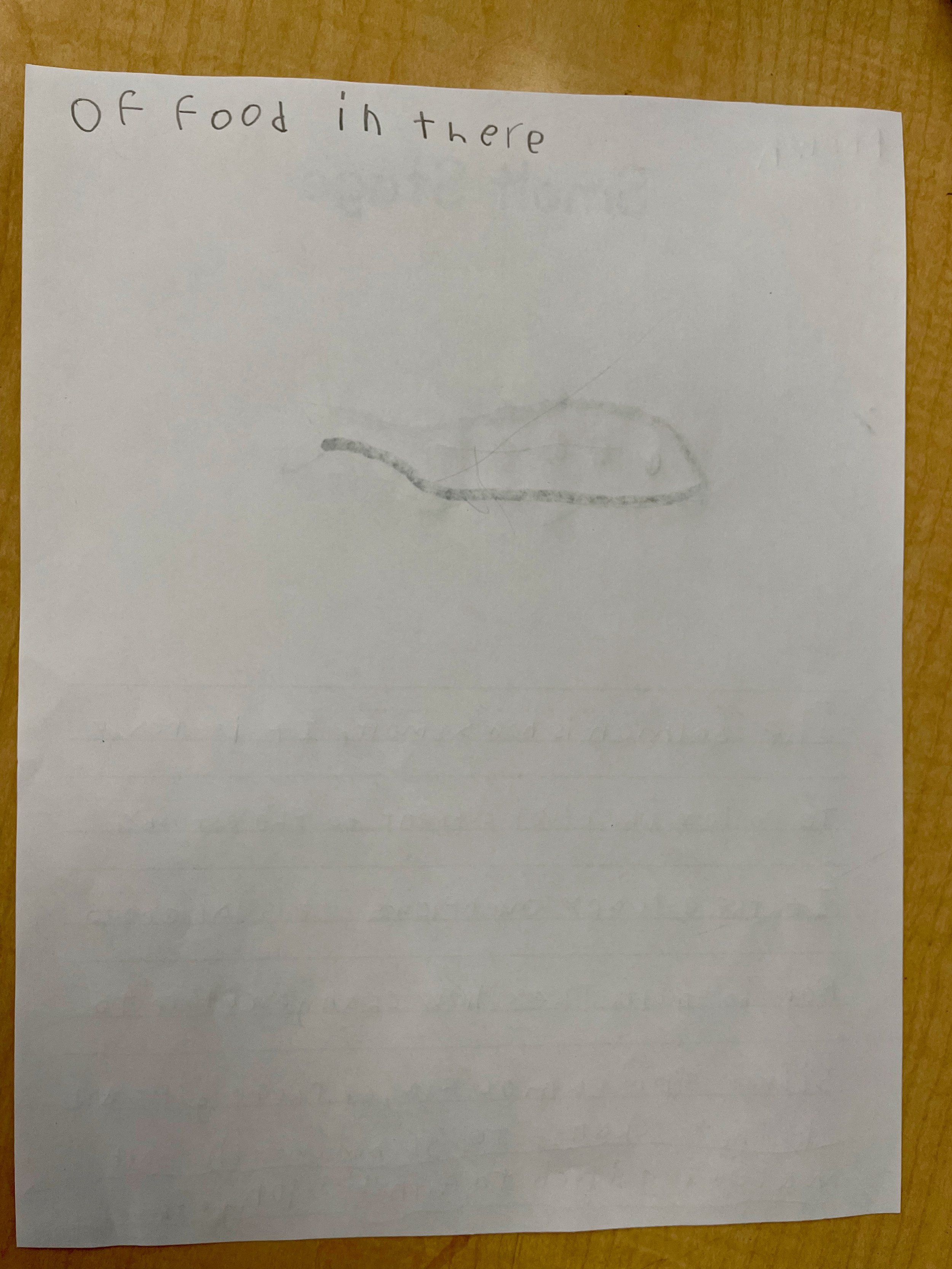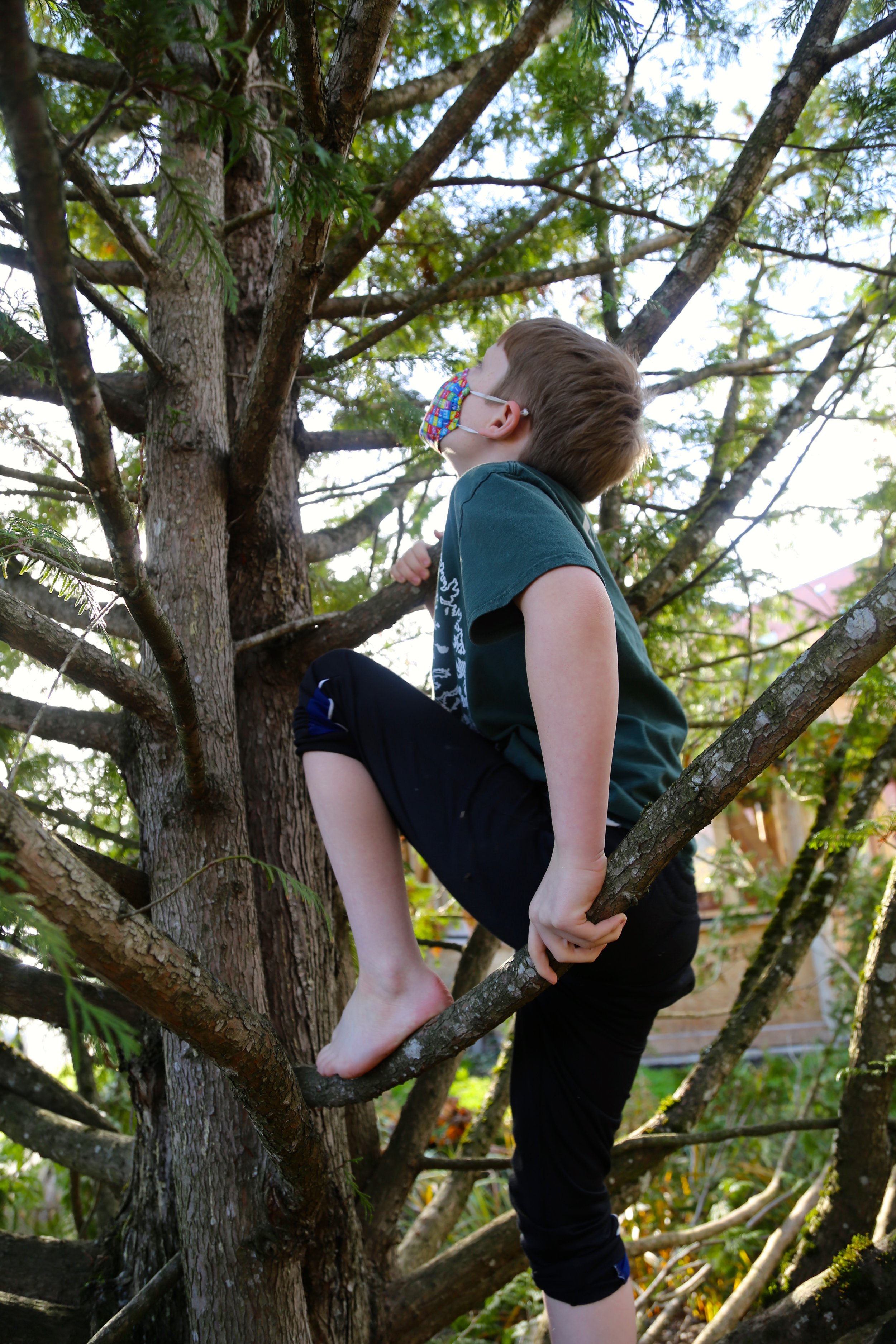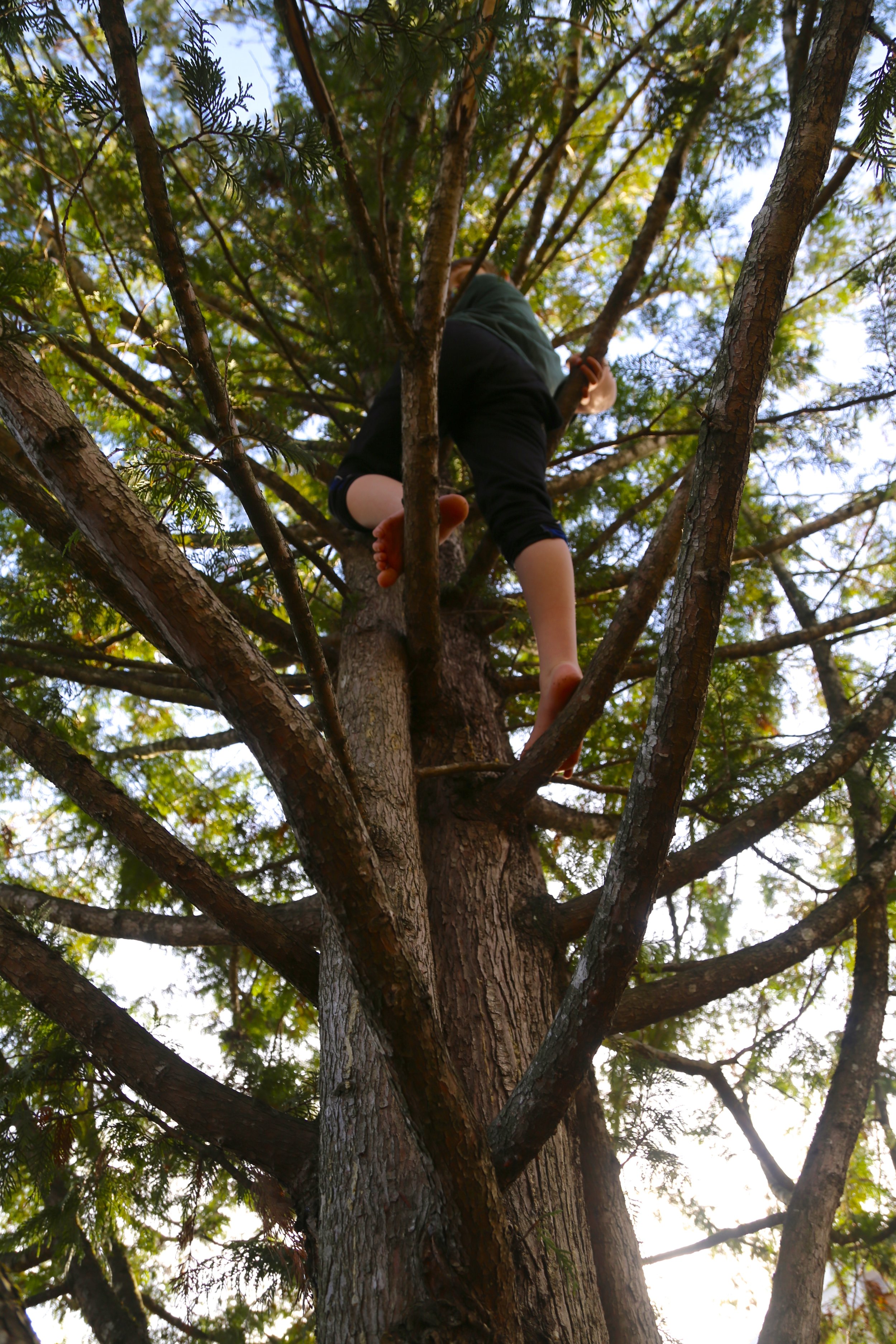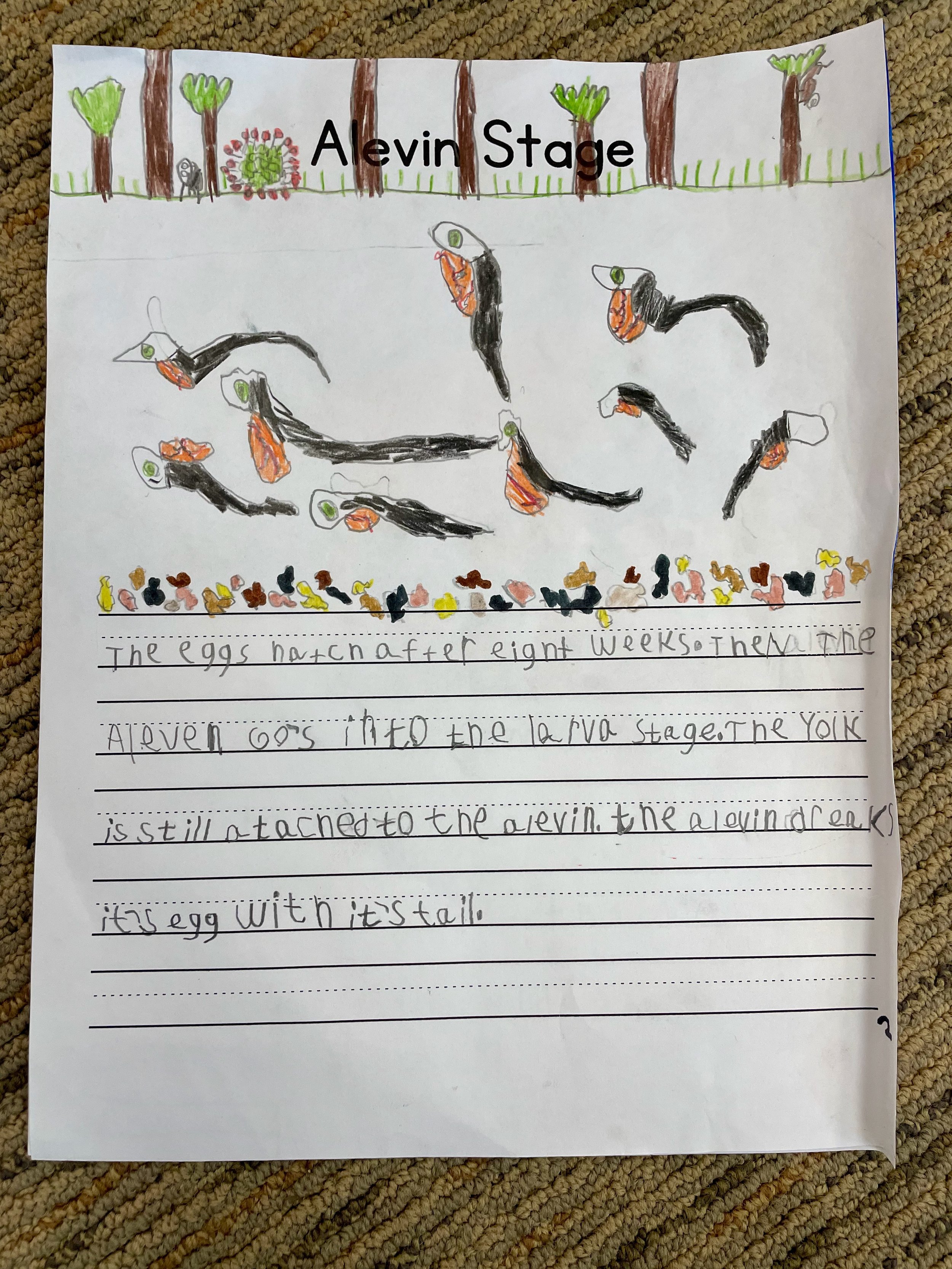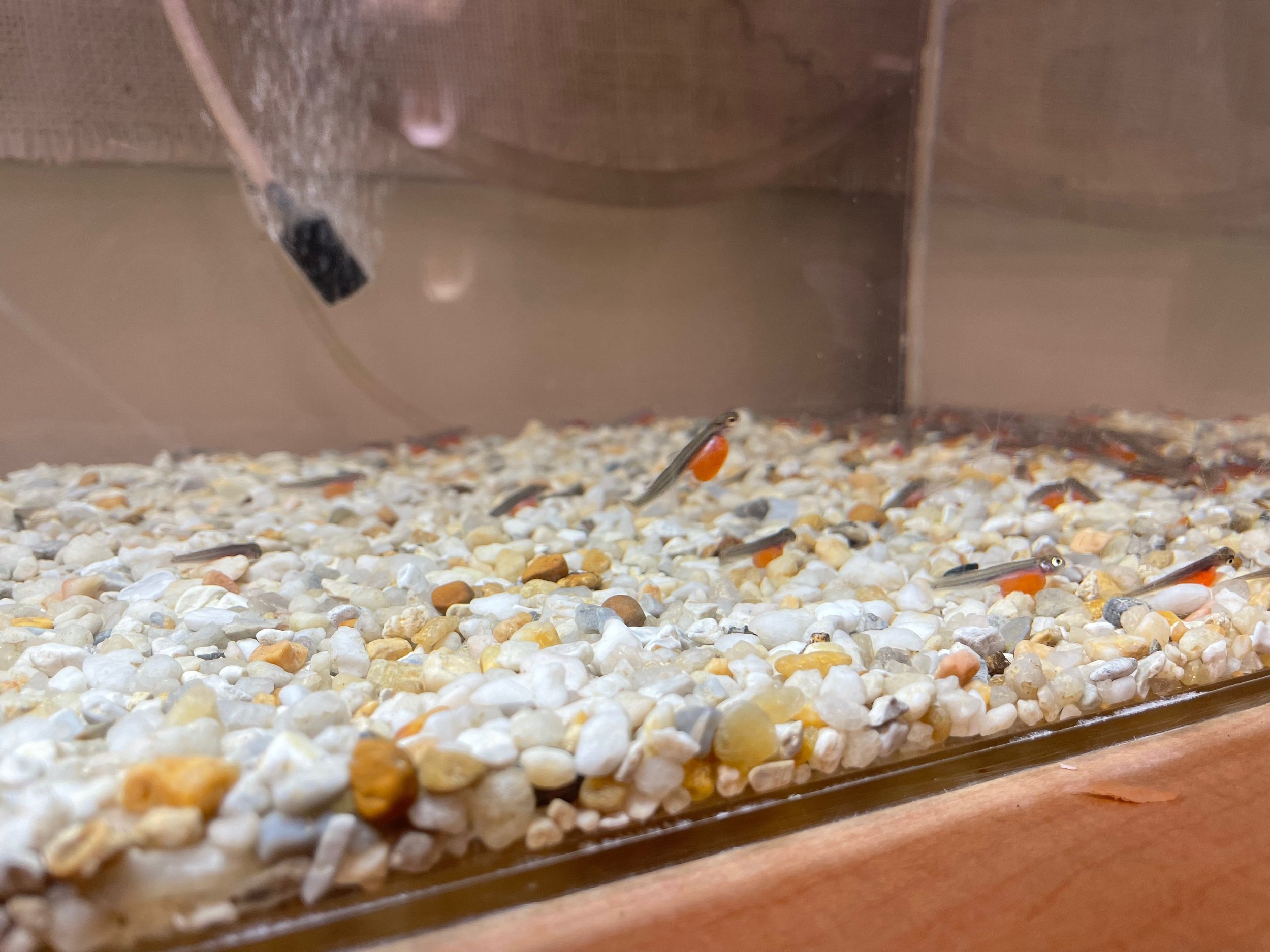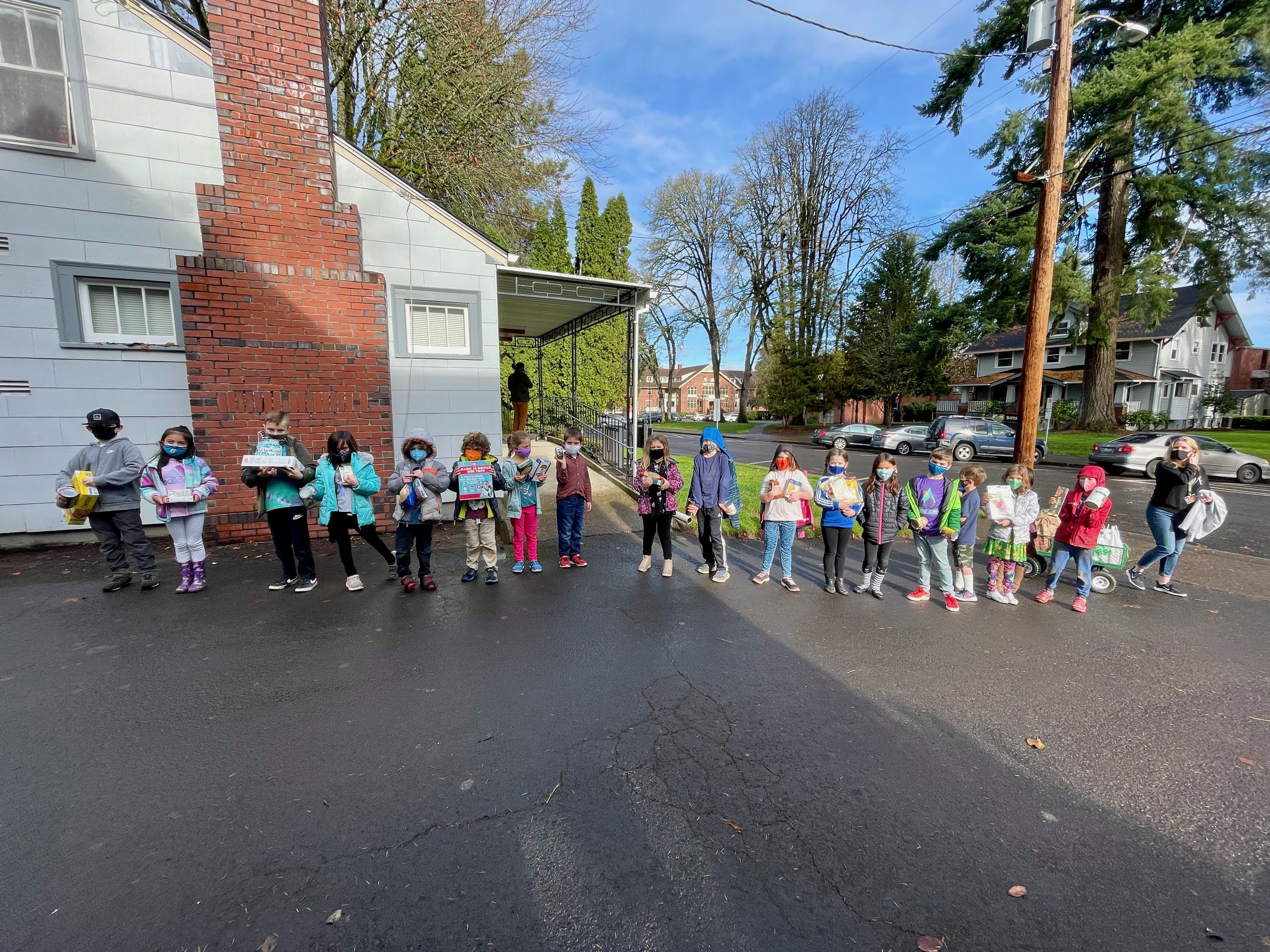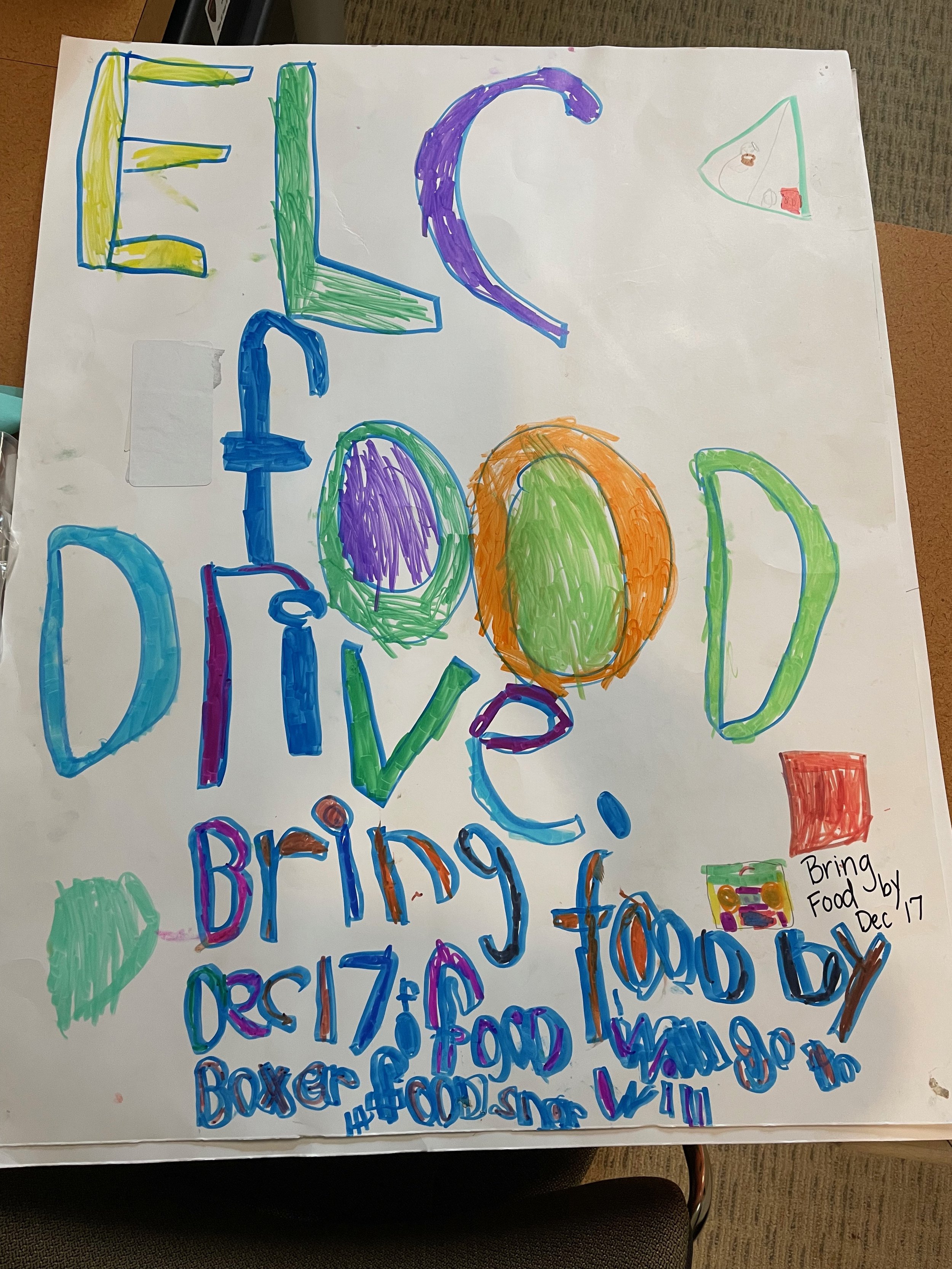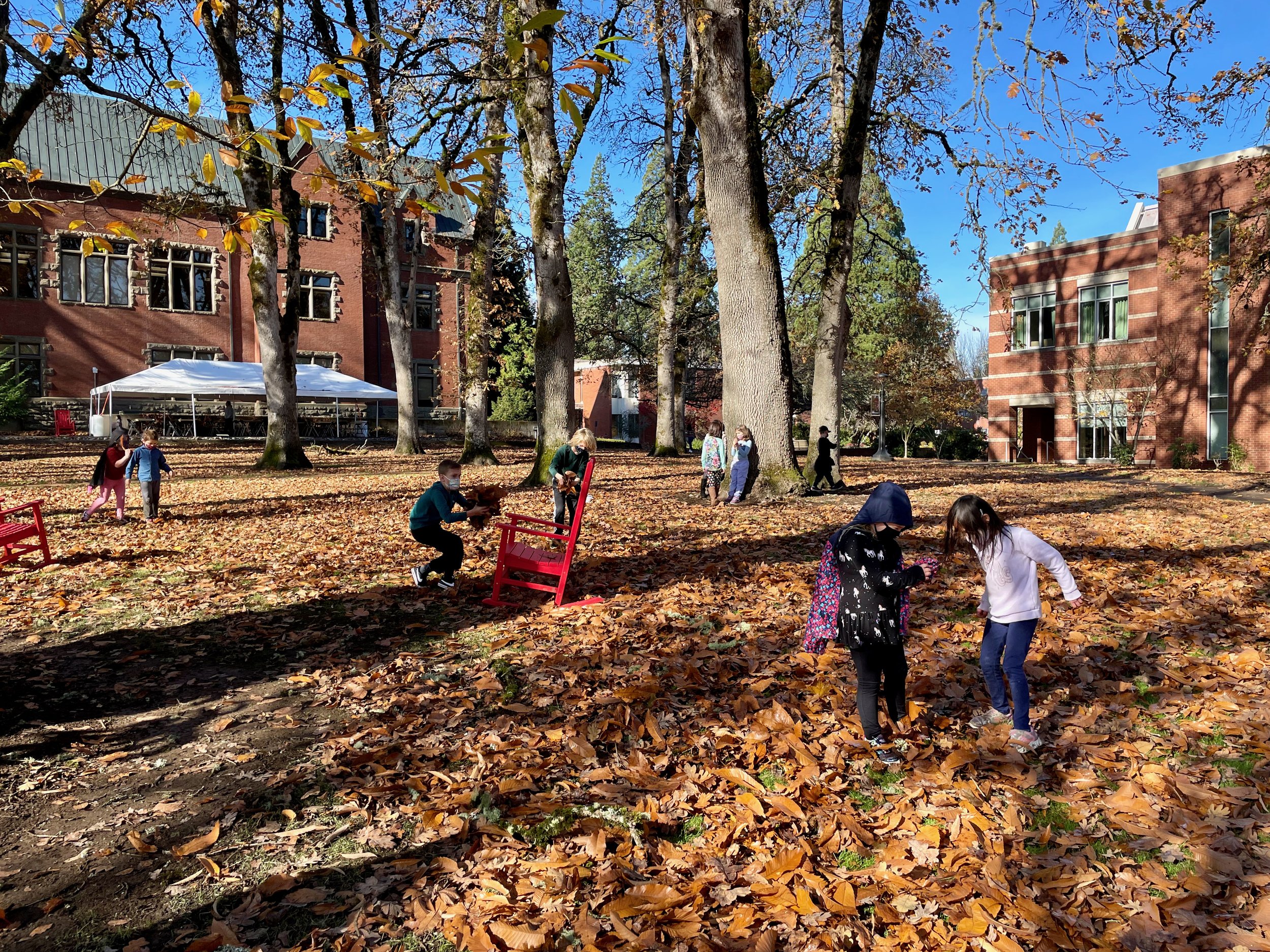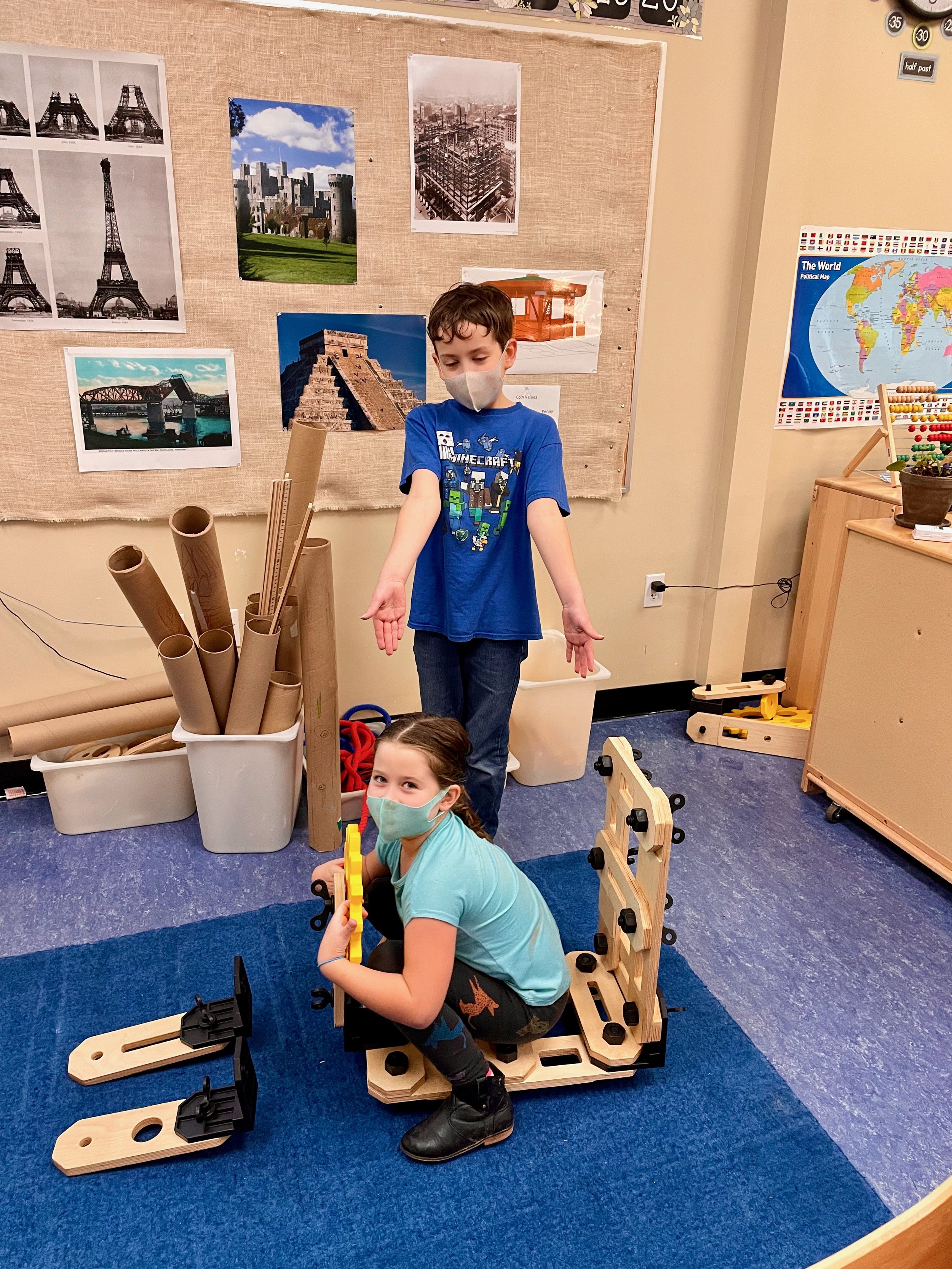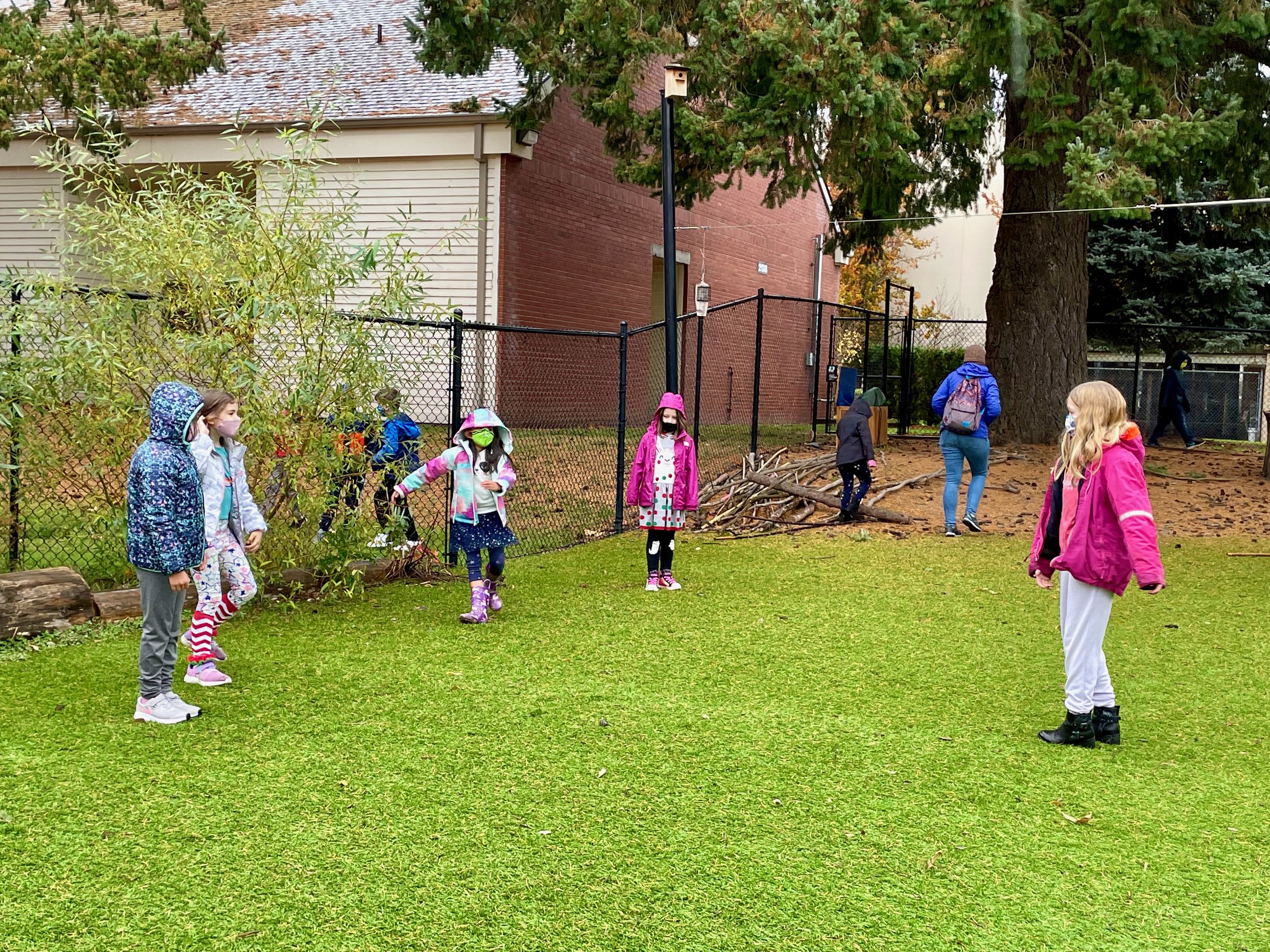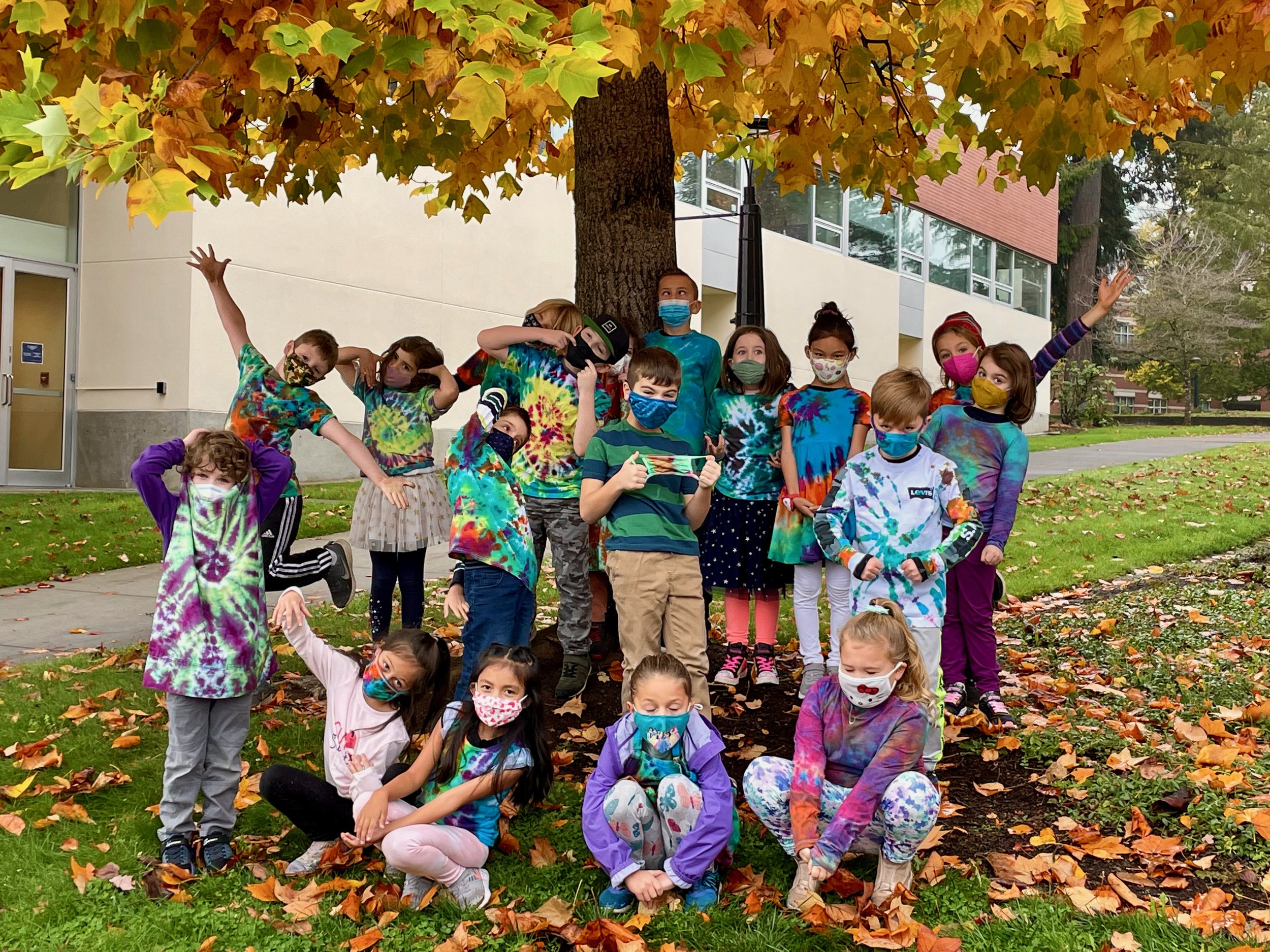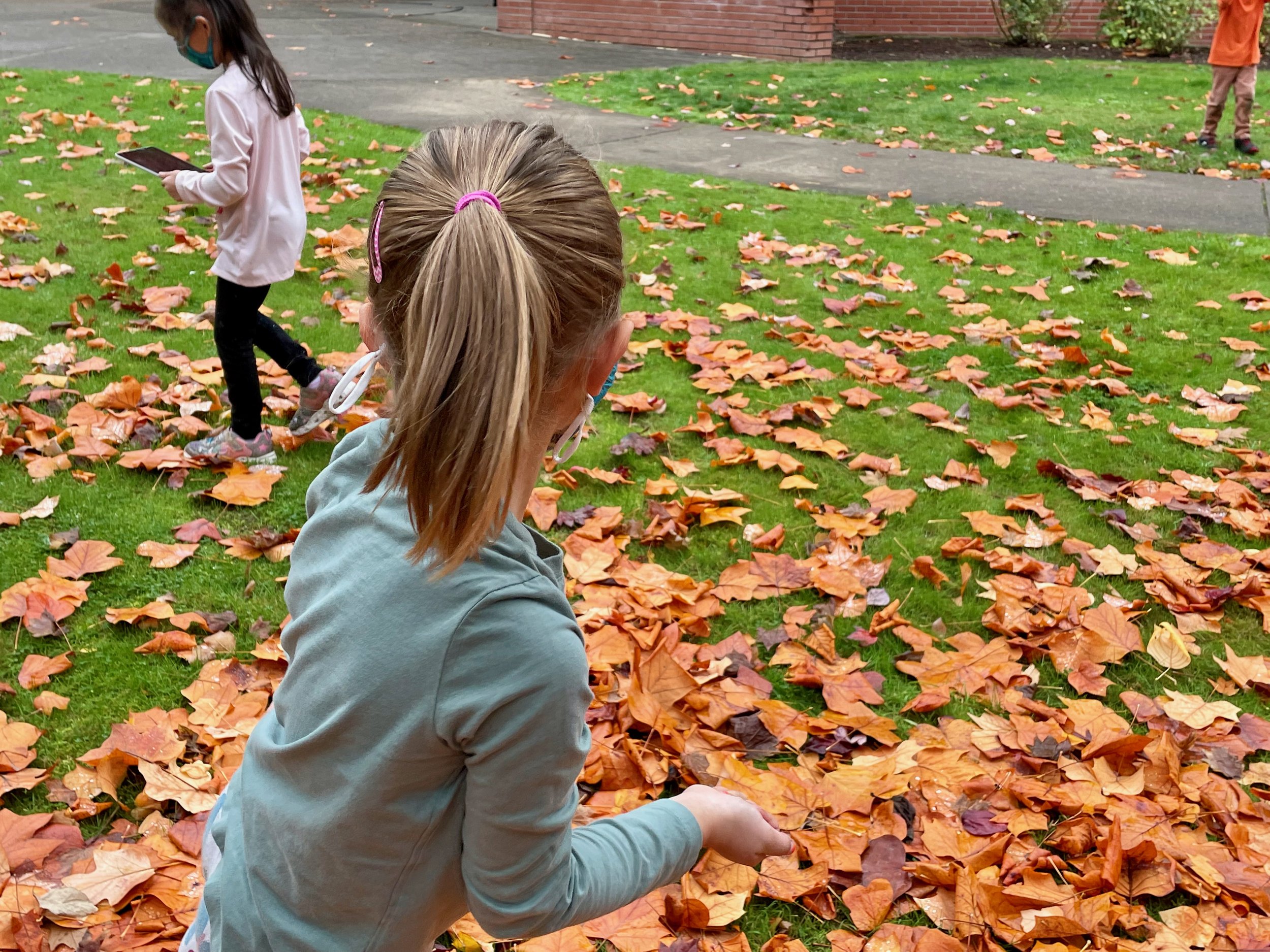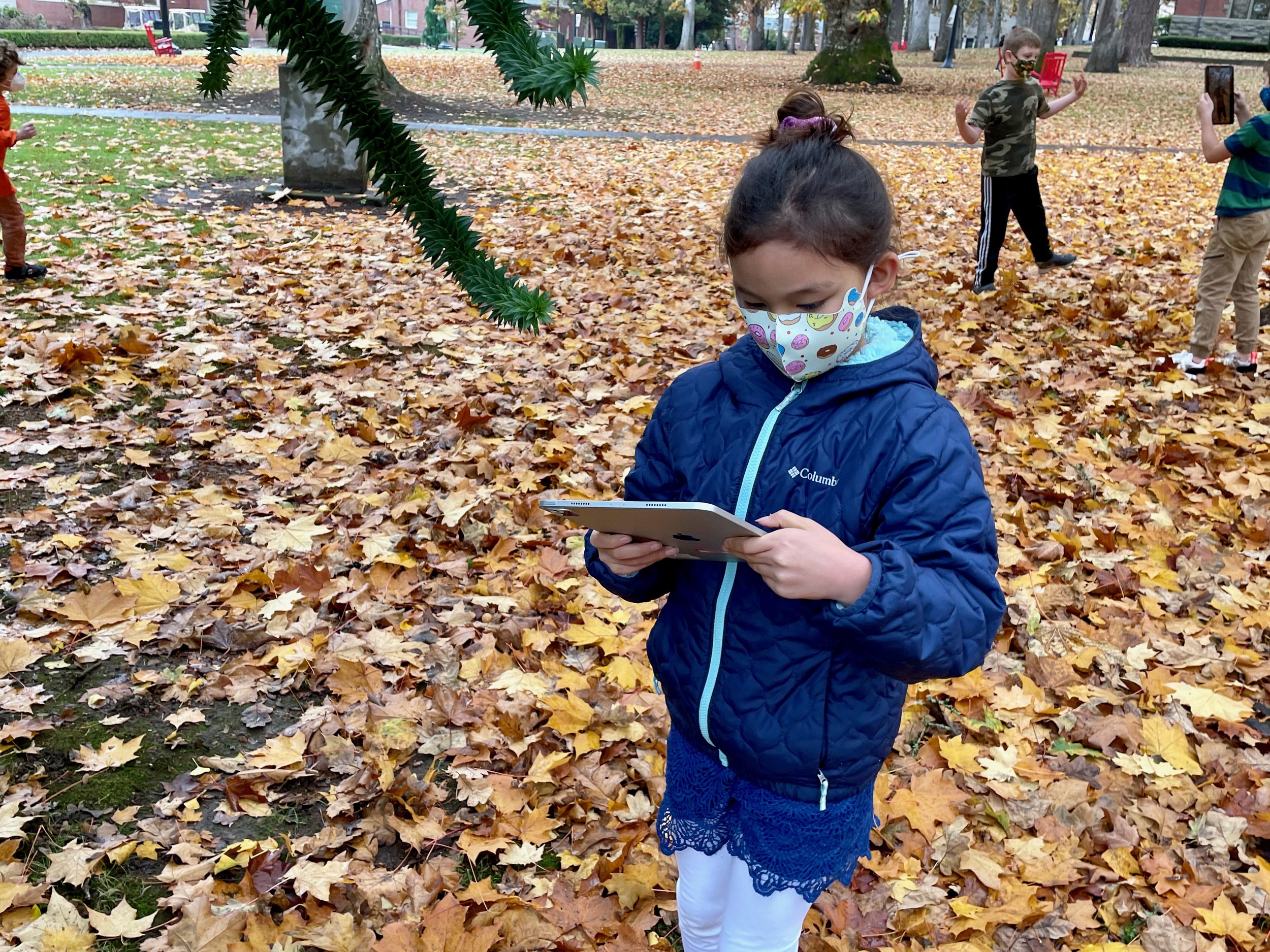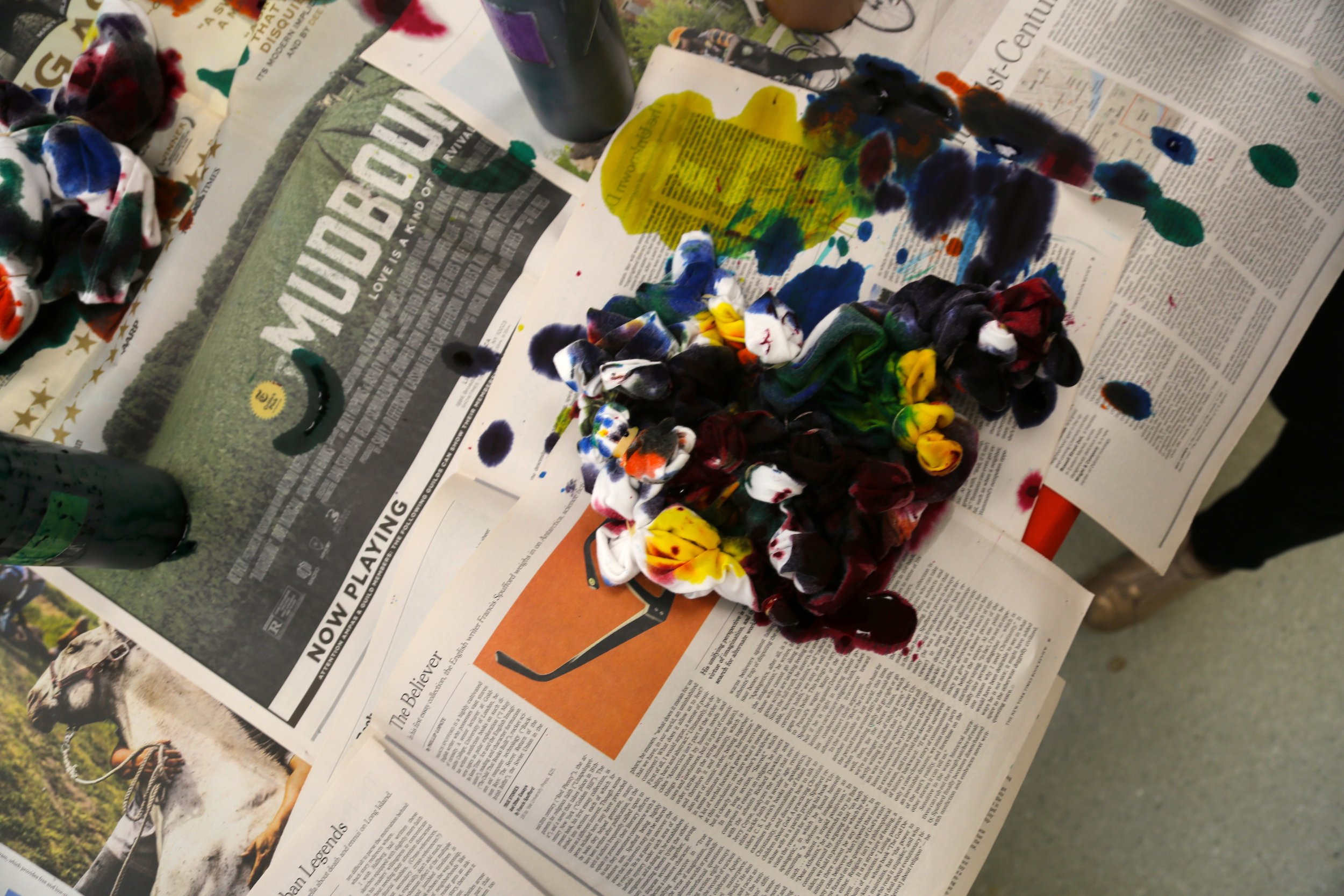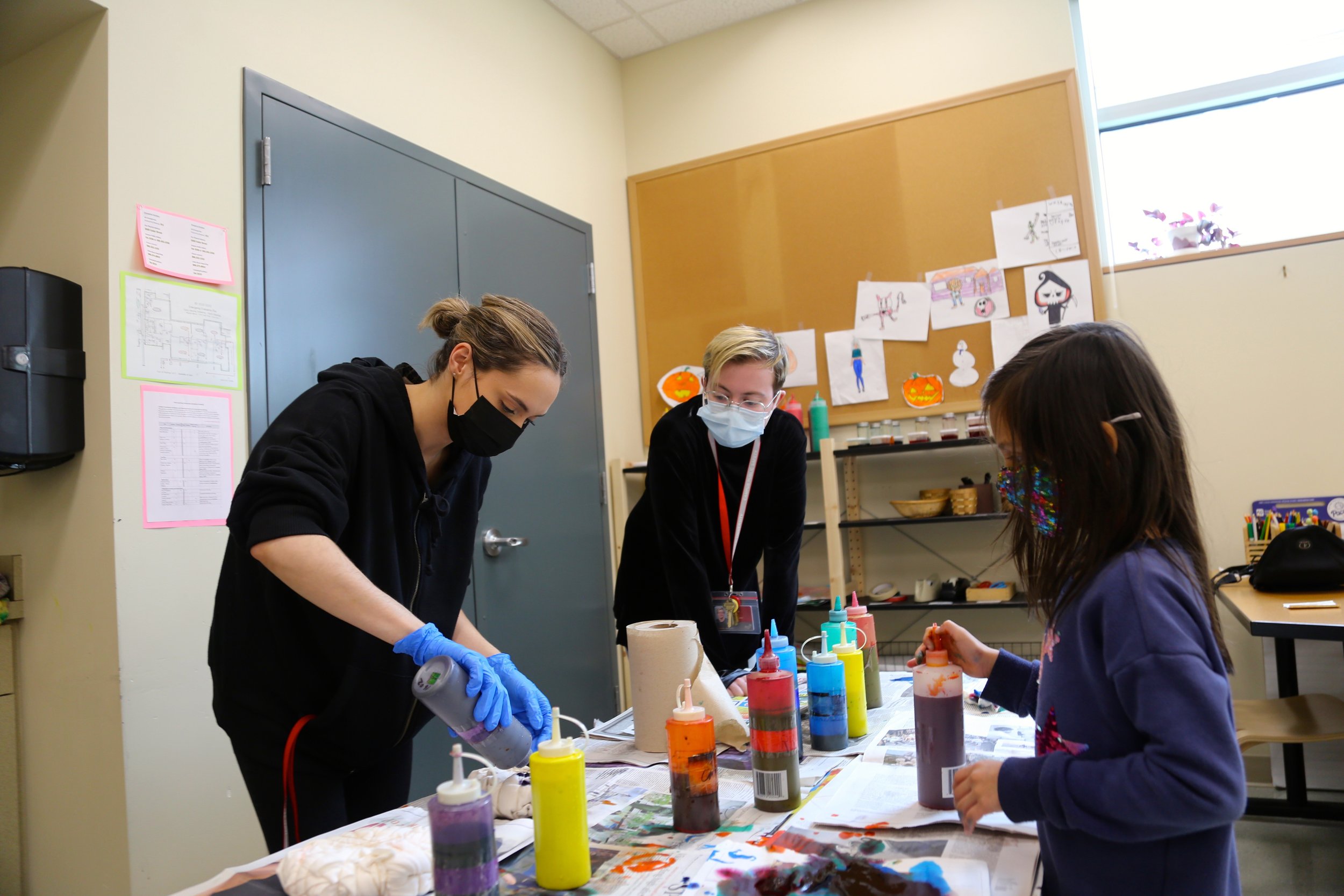Light Posters
/ Aja AppelThis week during writers' workshop we finished up our persuasive pieces about the best season. Students worked in randomly selected partnerships to edit each other's paper; checking for legibility and proper conventions. Students learned how to write conclusion sentences to connect their ideas and wrap up their papers. Then students had an opportunity to share their pieces with the class using a document camera. During these presentations students practiced using clear, confident speaking voices. We've been learning how to use tally marks to keep score in games, such as Qwirkle, and when taking surveys. We used tally marks to record the results for favorite seasons as students presented their papers. Of the 19 students who shared so far, summer got 7 votes for being the favorite season while each of the other seasons got 4 votes. Each day this week we've played "Which One Doesn't Belong" during our morning meeting. For this activity students are shown four boxes, each with different mathematical numbers, shapes, diagrams, dice, etc. Students must develop an argument for each box about why it doesn't belong (or what sets it apart from the rest). Throughout these discussions students brought up concepts of multiplication, division, even/odd numbers, addition, patterns, characteristics of shapes, and more. This week we also learned how to play Set. This visual perception game encourages students to utilize a wide variety of cognitive skills. You can read more about the benefits of playing Set here. During morning meeting today we worked together to solve the daily digital set challenge. We also started a new read aloud this week called Ribsy by Beverly Cleary. During outside choice time several students have been using our playground balls and sticks to play a version of Quidditch. Much negotiation and problem solving took place as students hammered out the rules and the teams for these games. This week students also worked individually or in partnerships to design posters demonstrating a concept about light. The posters needed to include an interesting illustration, legible words, and at least one of our light vocabulary words: opaque, transparent, translucent, reflect, refract, energy, waves, photos, and absorb. This afternoon students shared their posters with the class. Again students practiced using clear, confident voices while presenting their light concepts.
Students took great care to include legible words, compelling illustrations, and scientific explanations as they created their posters. You can admire their posters here:
